
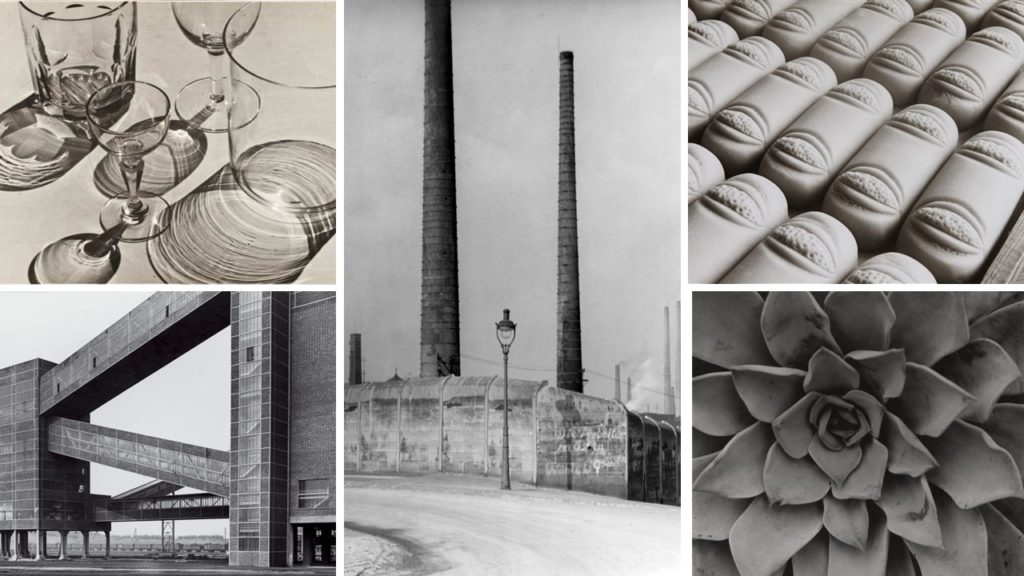

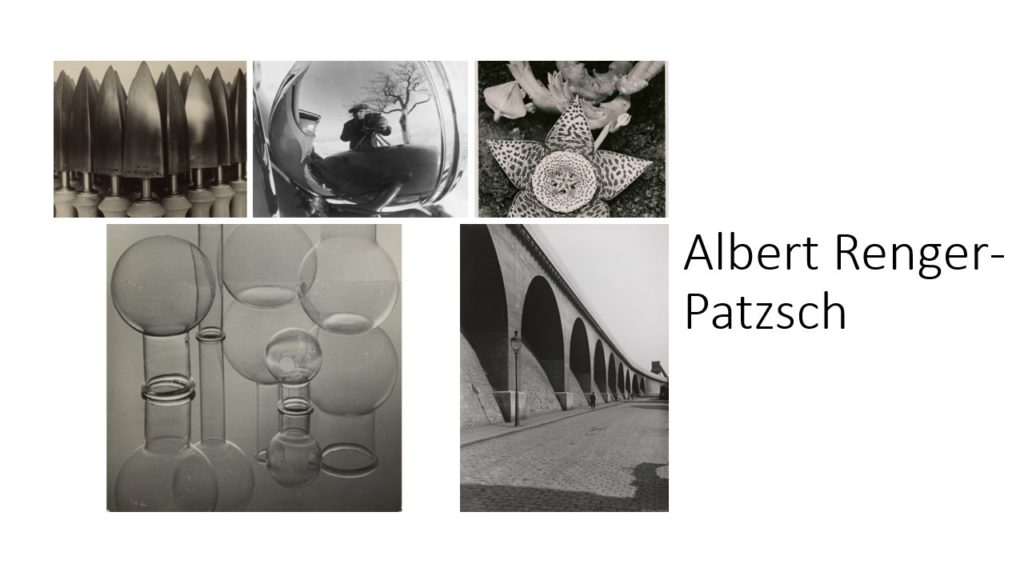

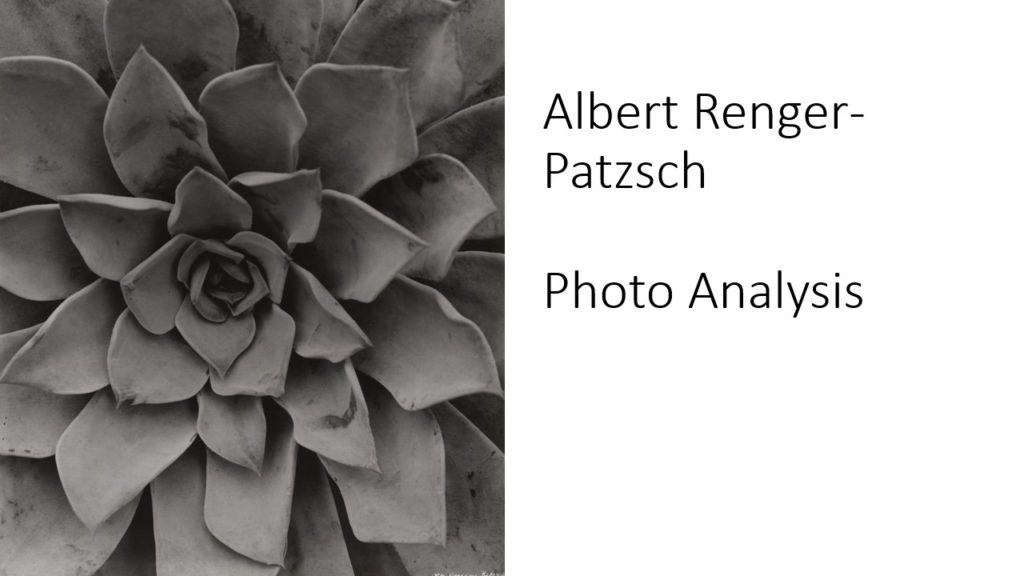
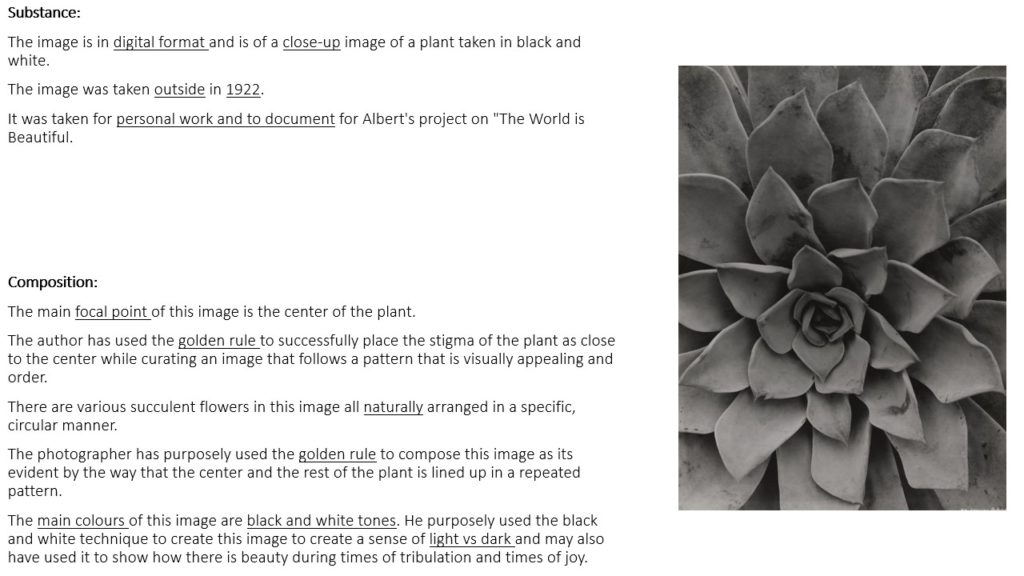
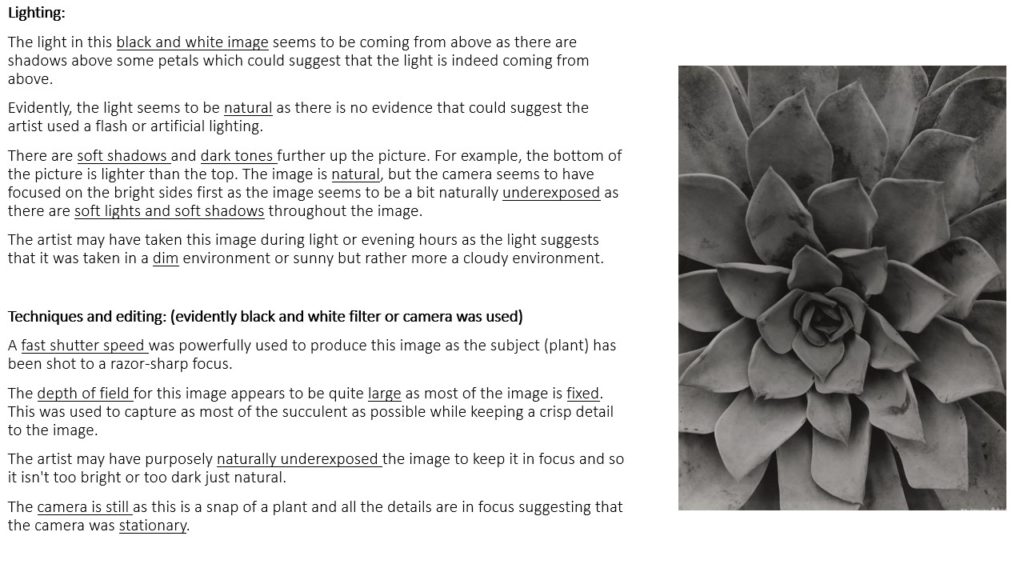

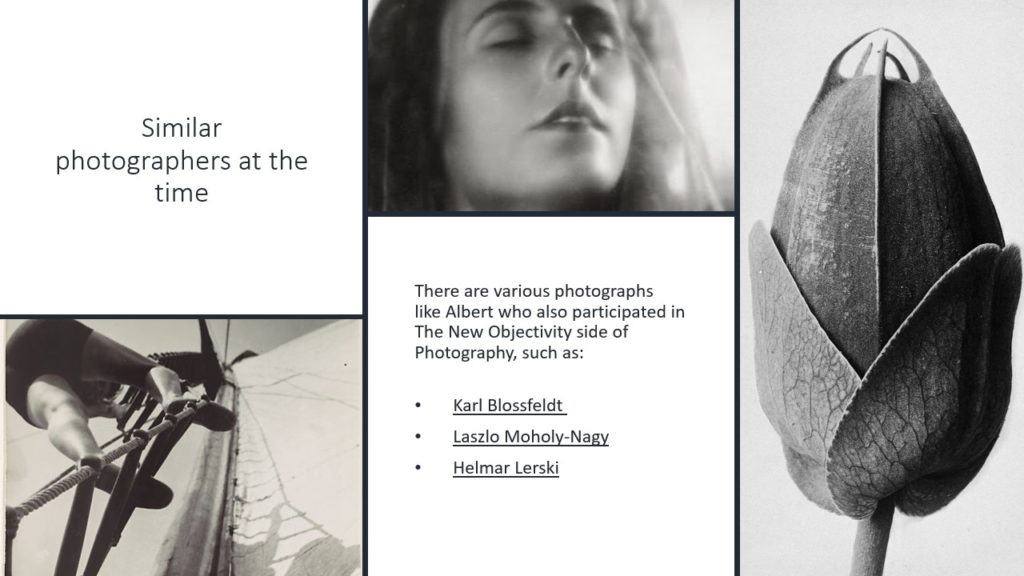
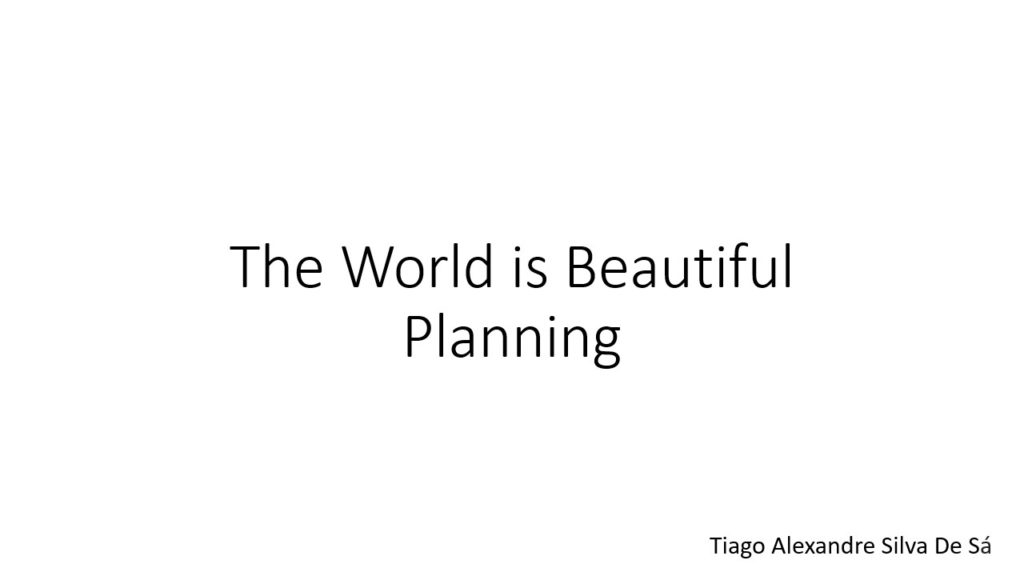



Best collection:
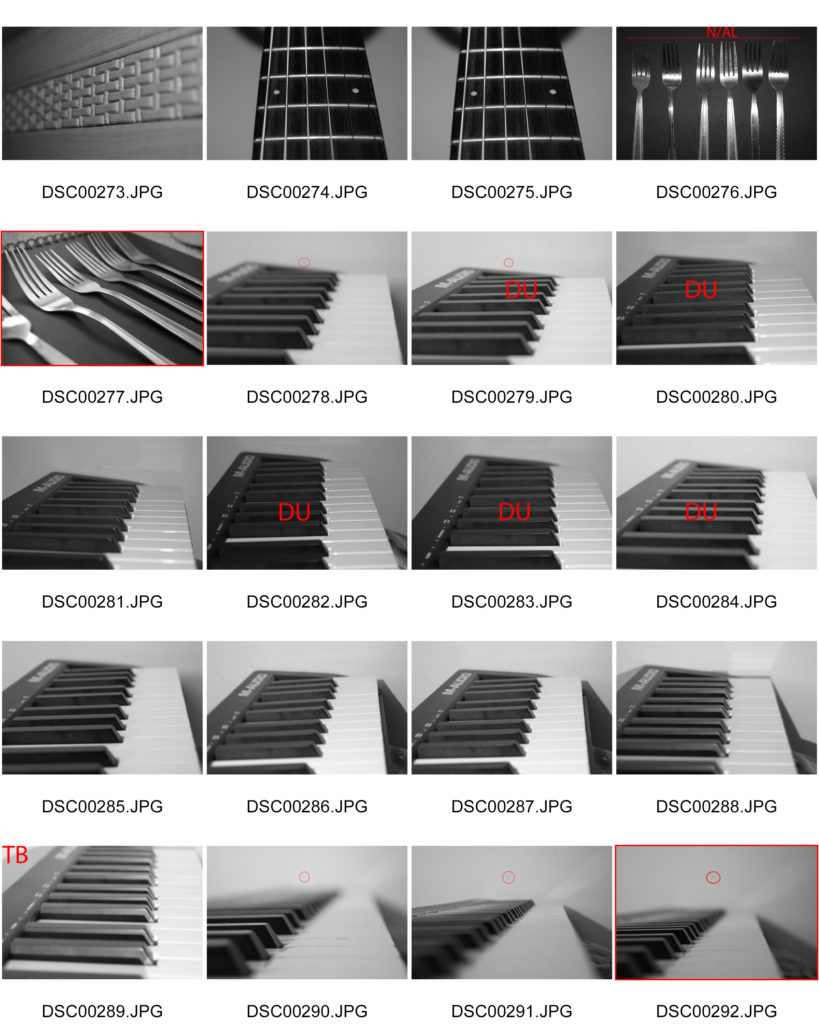
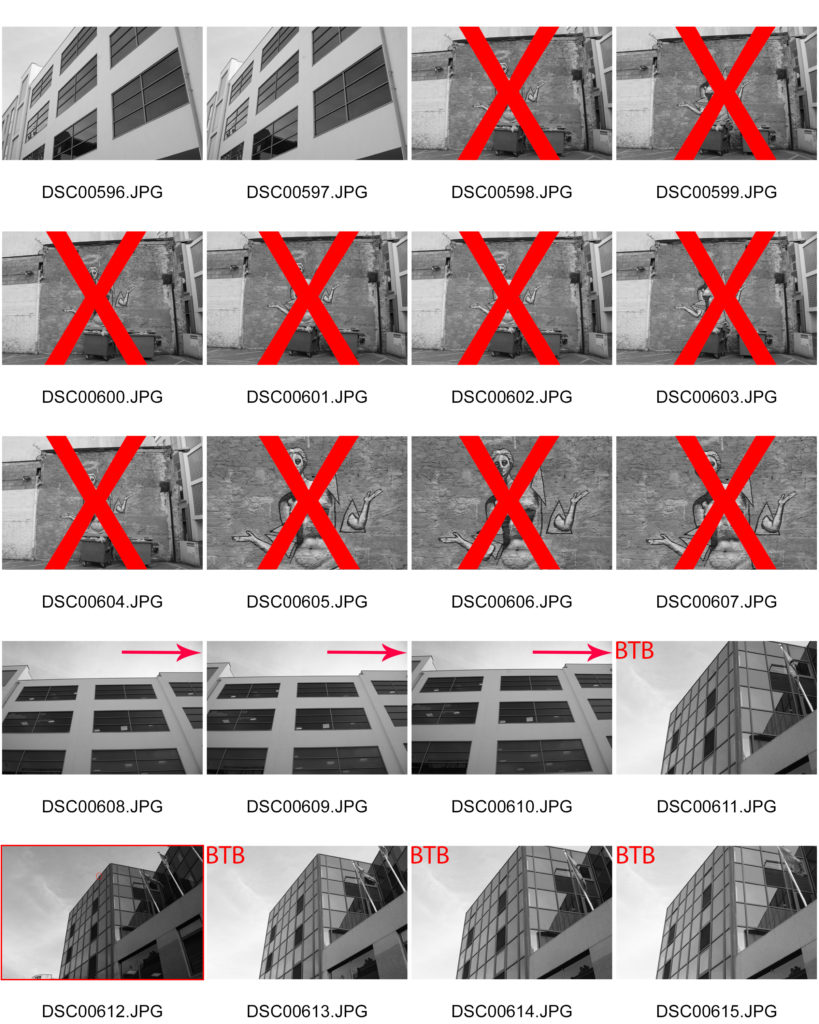
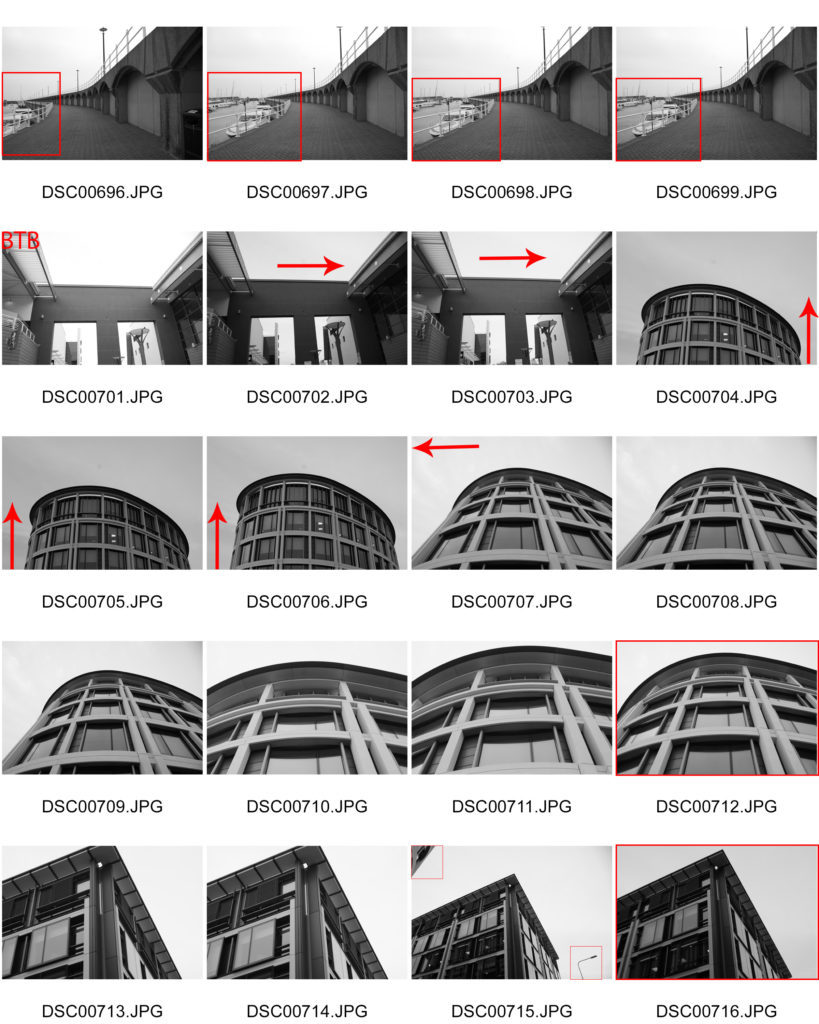
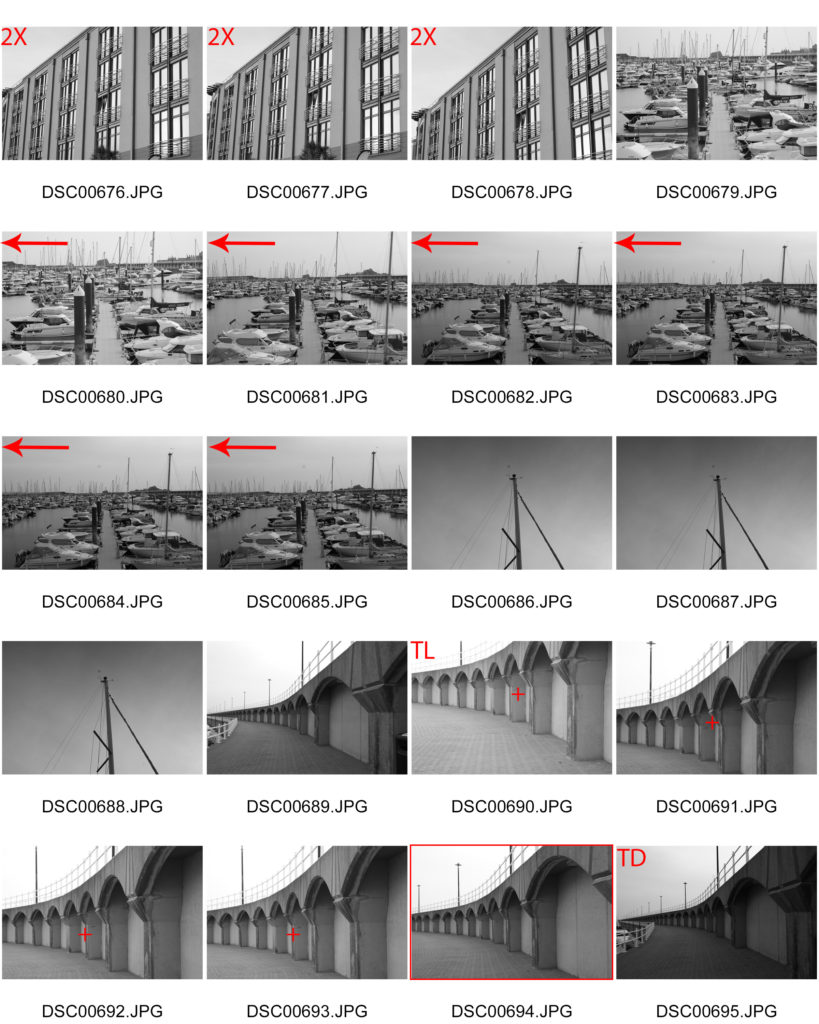
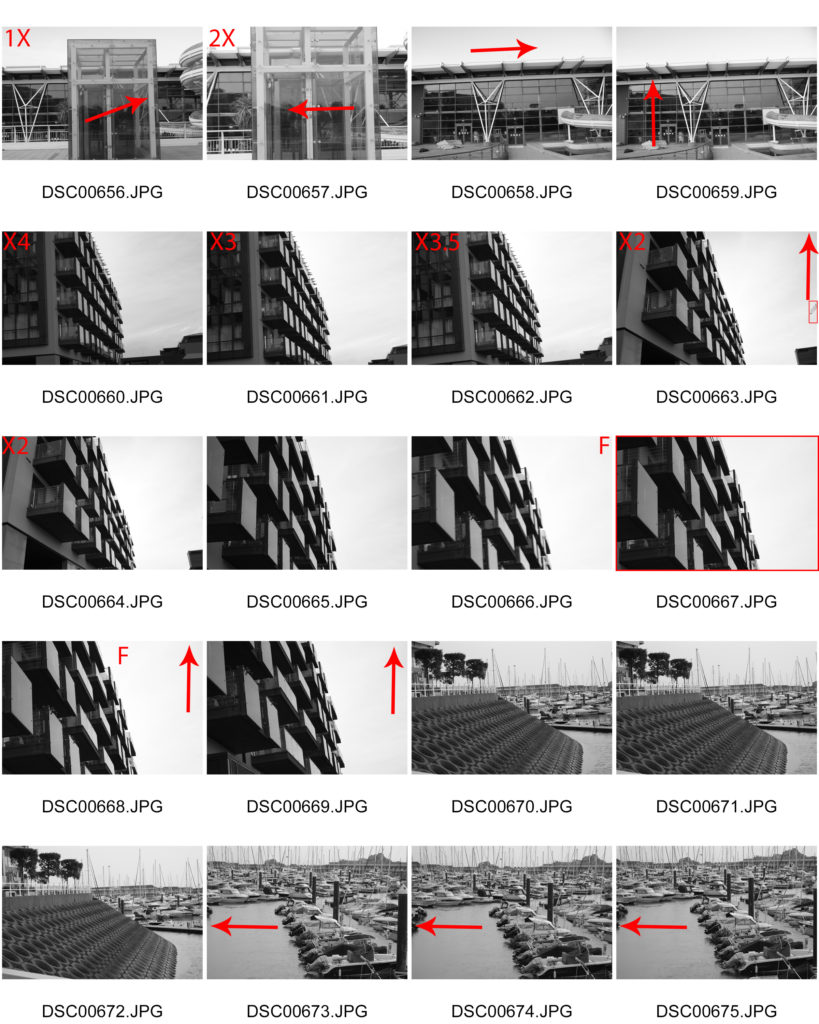


Rest:

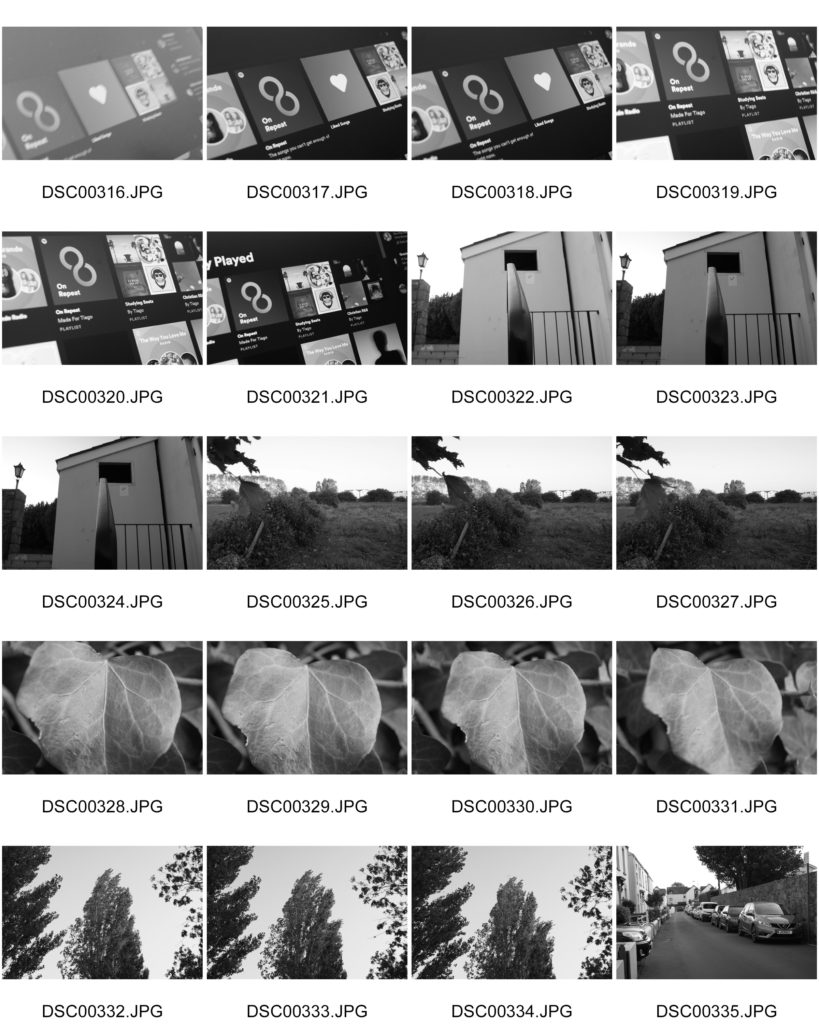



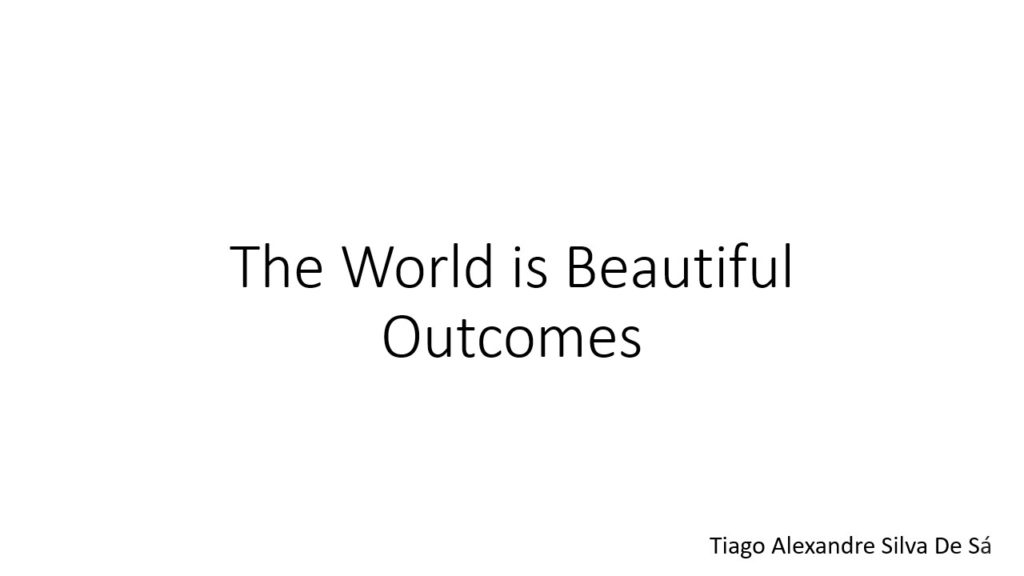



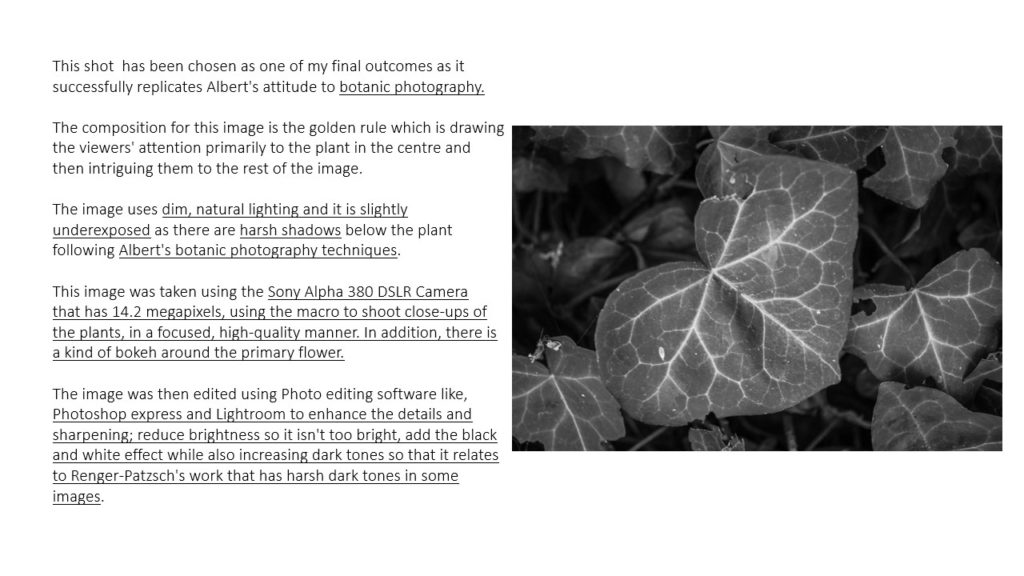

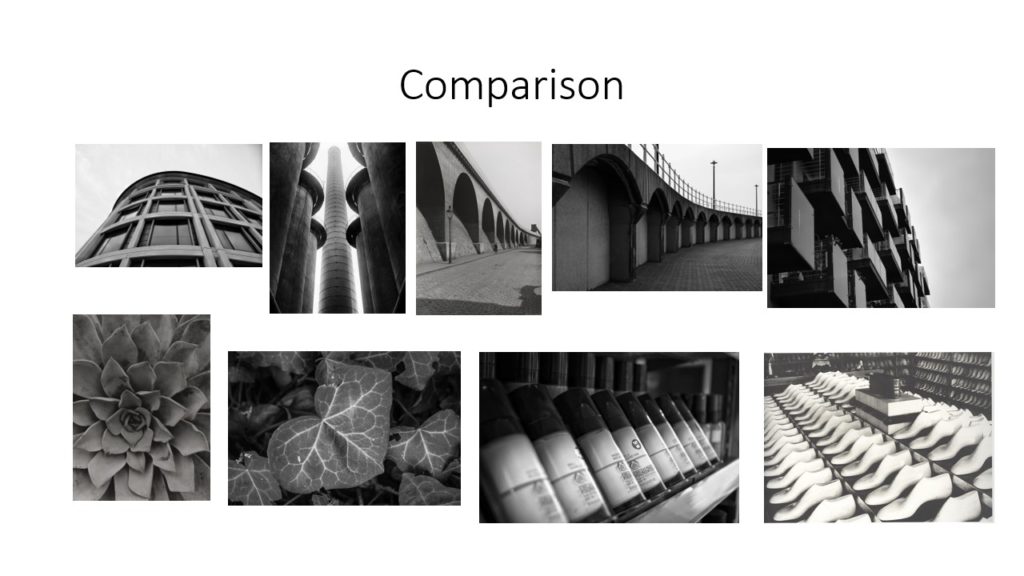


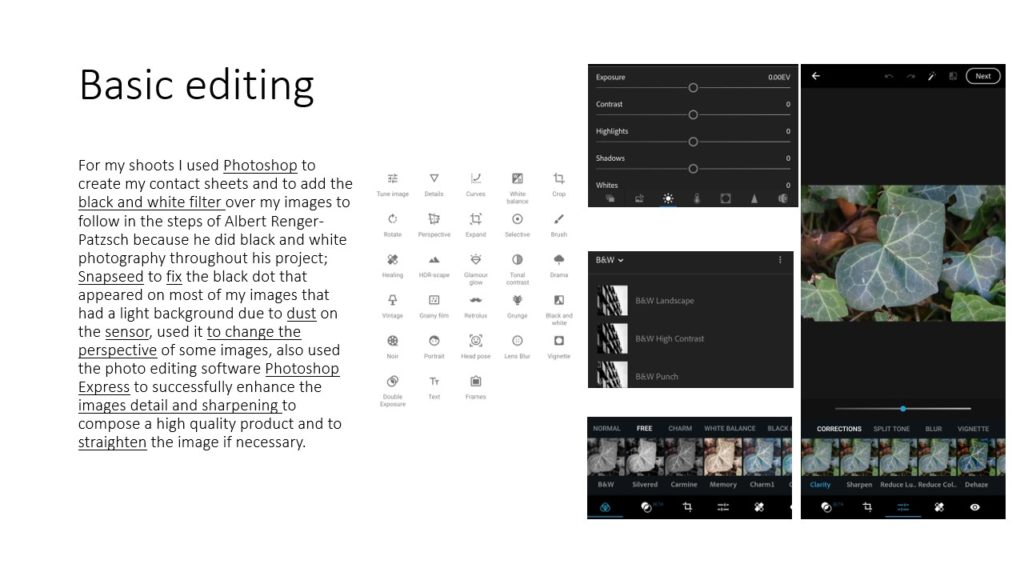











































Shape: we can see a wavy texture and we can notice a few triangular shapes .
Light :The light come from the sides .We can notice a lot of shadows and that interested me because it creates other shapes apart from that of paper.
Space : In the first picture there’s a lot of negative space but in the other two picture I’ve decided to zoom in so that the details are more visible .
Repetition: The paper repeats in triangles in different positions .
Texture: The crumpled paper makes the texture rough and coarse



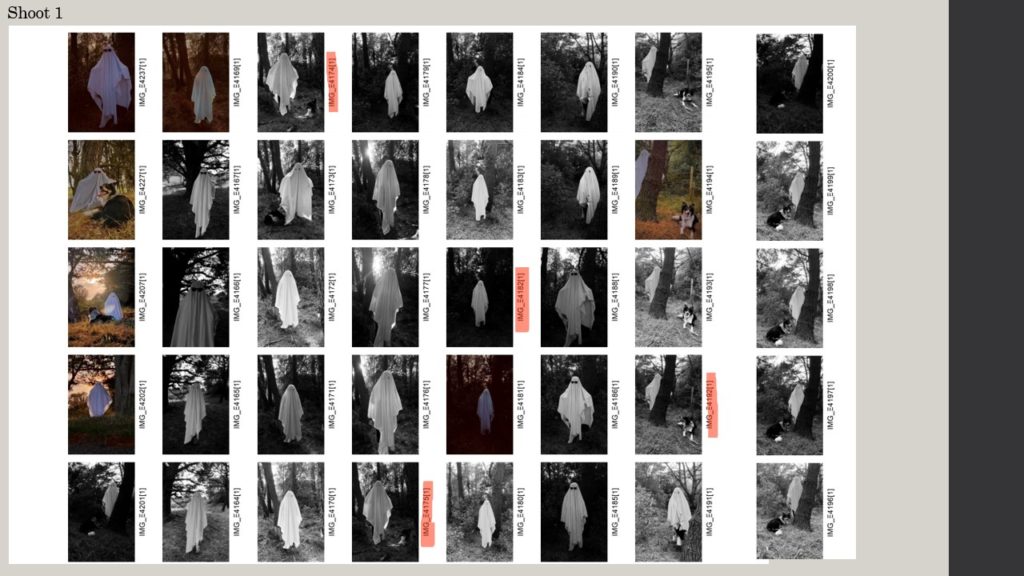



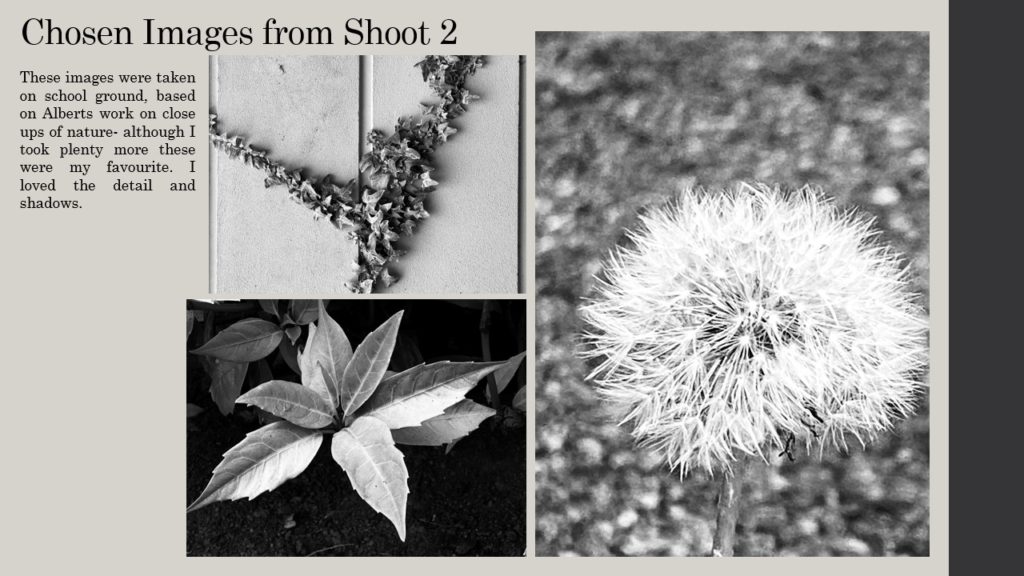
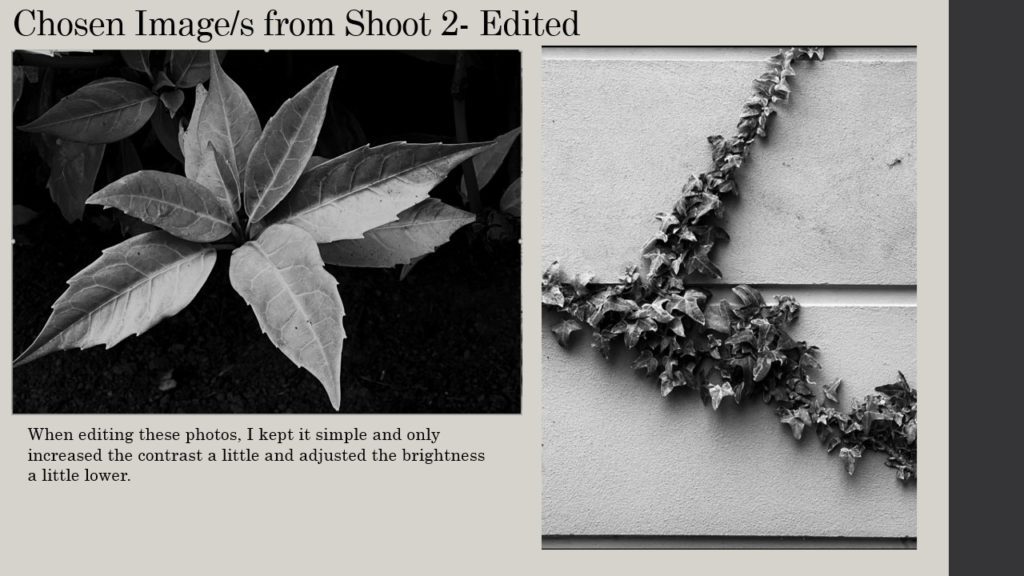
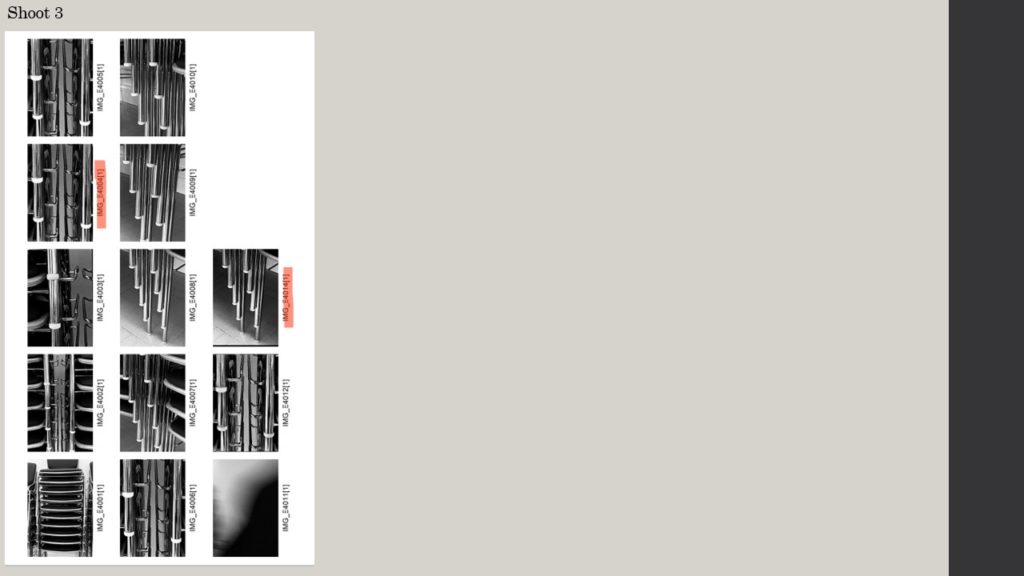
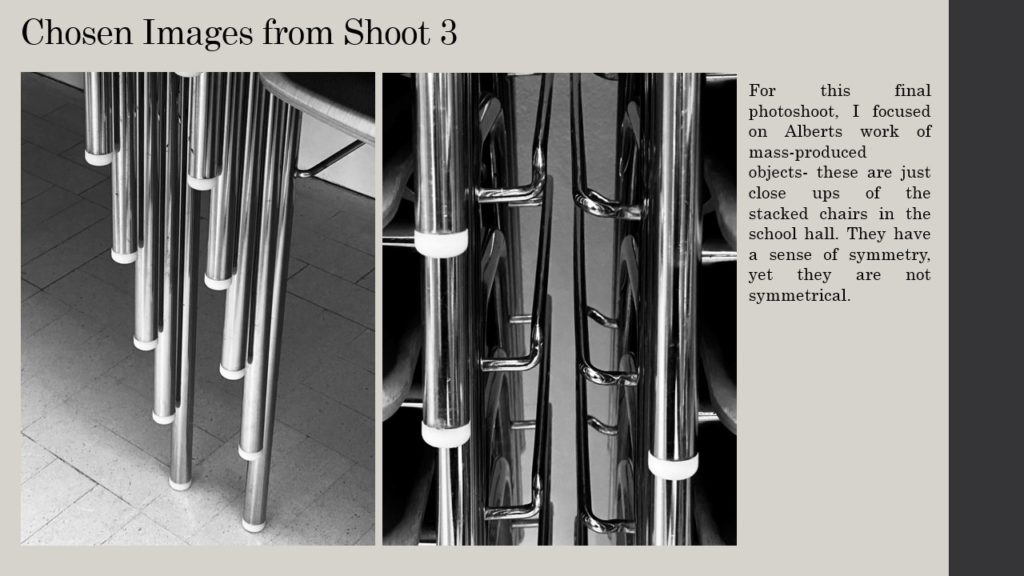
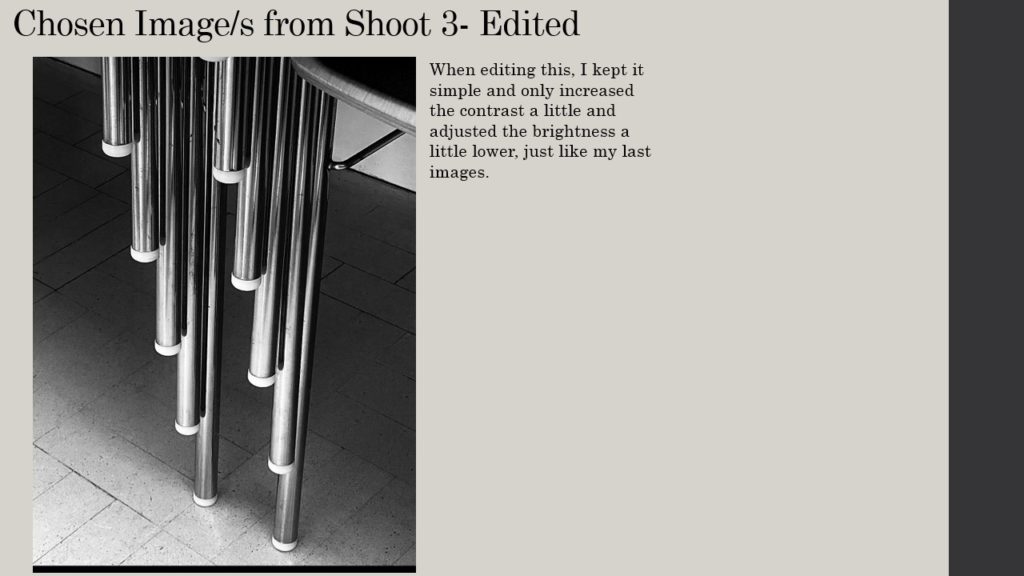
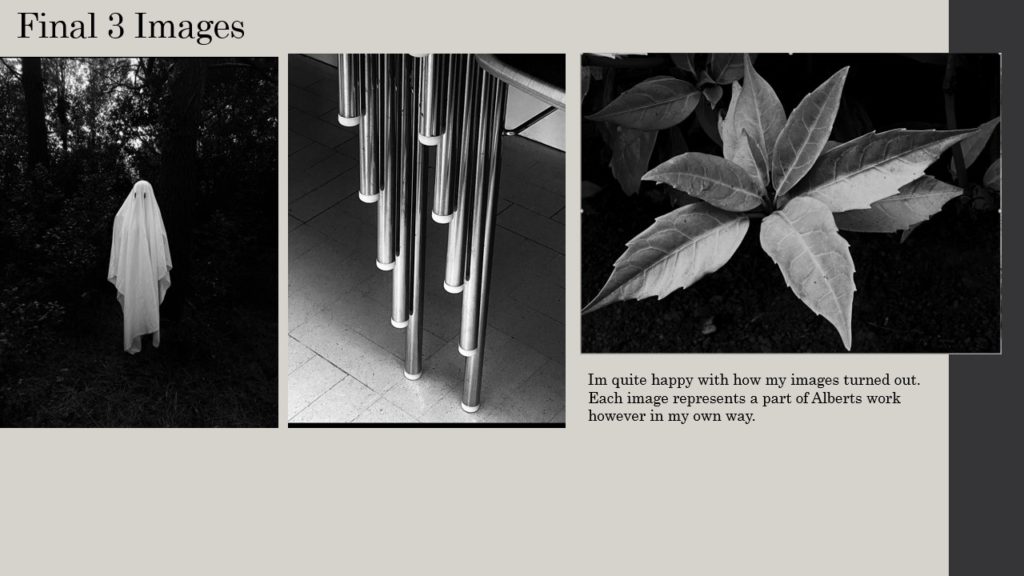
Albert Renger-Patszch (1897-1966) was a German photographer associated with The New Objectivity. In the early 1920’s he worked as a press photographer for the Chicago Tribune before becoming a freelancer. Patzsch published his first book entitled The Choir Stalls Of Cappenberg in 1925, and has his first museum exhibition in 1927.
In 1928, Patzsch published his second, best known, book The World Is Beautiful- which is a collection of one hundred of his photographs in which natural forms, industrial subjects and mass-produced objects are presented with the clarity of scientific illustrations. These types of subjects are what Patzsch thrived to photograph.
The New Objectivity was a movement in German art that arose during the 1920s as a reaction against expressionism. Patzsch’s work fits with this movement because he believed that the value of photography was in its ability to reproduce the texture of reality, and to represent the essence of an object. He wrote that the secret of a good photograph is it’s realism, he wanted people to ‘leave art to the artists’ and ‘endeavour to create photographs which will last because of their photographic qualities.’ Artists such as Max Beckmann, Christian Schad and Otto Dix were also part of The New Objectivity movement.
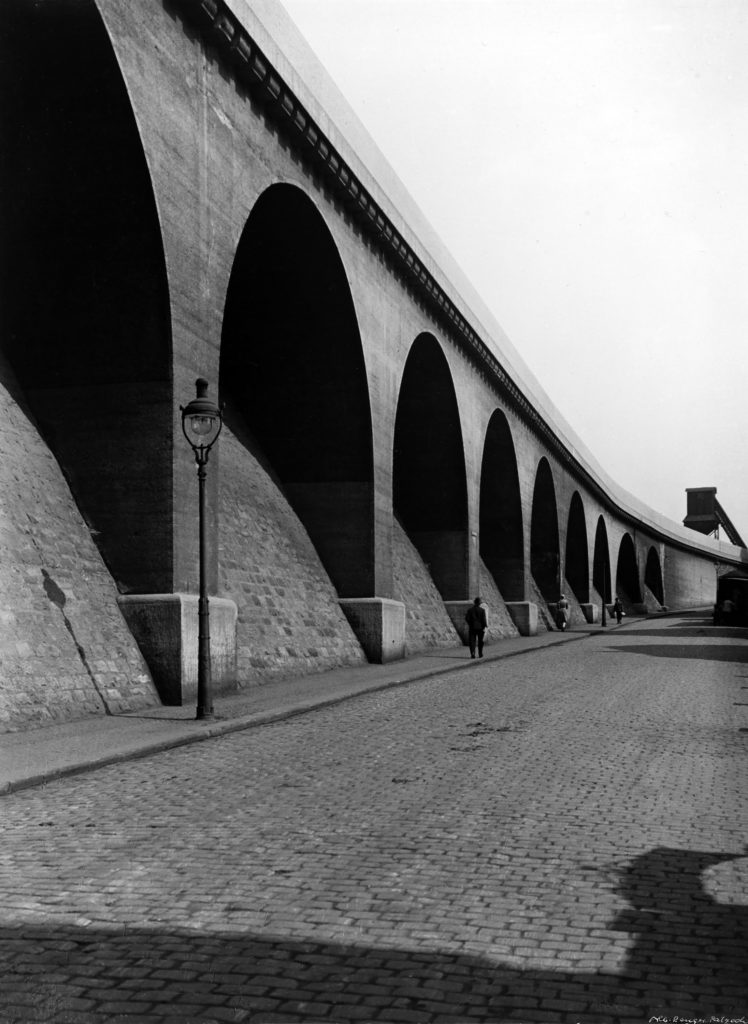










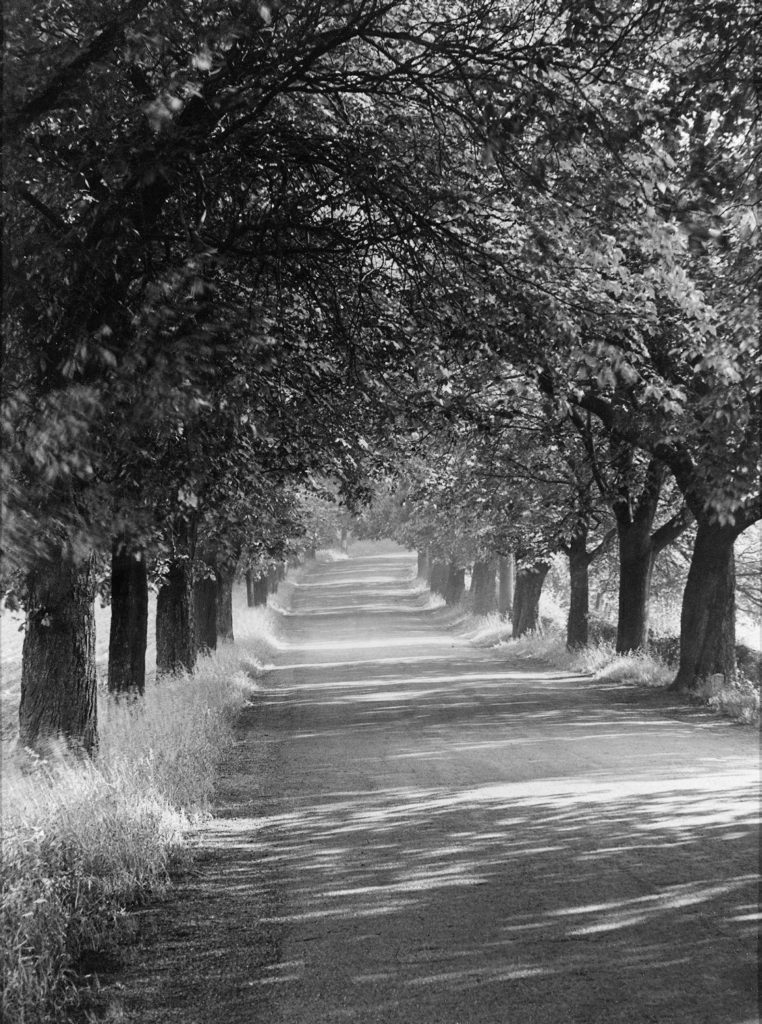
Patzsch’s photographs are monochrome, using very harsh dark and light tones, with high contrast and low exposure. He uses lots of repetition in his images with industrial buildings and nature, showing elements of the world in their natural forms. Patzsch also takes his photos from many abstract positions, some extremely close to the subject, some from below, he uses a wide range of camera angles and zoom. Many of his photos have a rough spiked texture due to the business of his images and the detailed subjects in them.
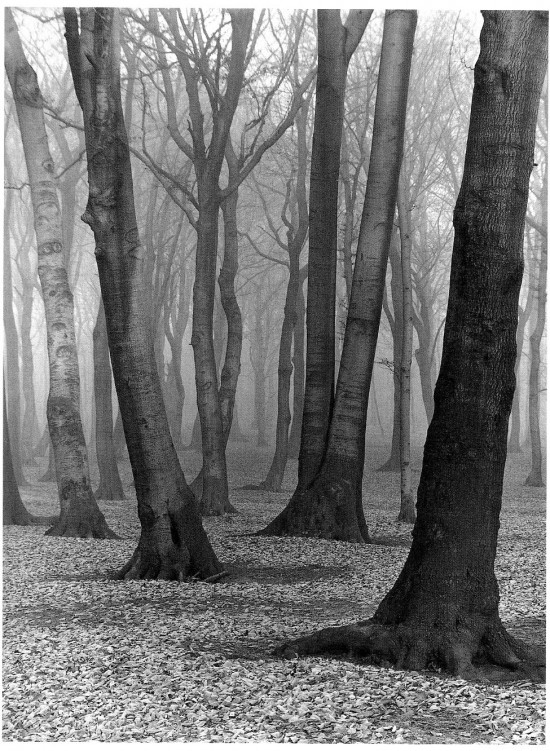

These two images are from Albert Renger-Patzsch’s collection ‘The World Is Beautiful.’ In the first image we can see a gloomy forest filled with tall trees, a representation of nature. However in the second image the subjects are imposing industrial towers, clearly man-made. Also, both images are edited with a monochrome, unsaturated filter- a staple of Patzsch’s photography. One similarity we can see in these images is the repetition of cylindrical objects. In the first image, the trees in the forest are unique with twisted branches and of different shapes and sizes. Contrastingly, the towers in the second image are repeated, however in a uniformed manor with identical structures and shapes. Additionally, the towers look almost like tree trunks themselves, linking to The New Objectivity and the idea that nature is being ruined and replaced by man-made industrial buildings and objects. Moreover, the subjects in both images are not fully in shot, as the frame cuts off the tops of the trees and towers, which connotes the idea that man cannot fully see the damage they have done to the world, they are oblivious.
Nevertheless, there are also many differences between these two Patzsch images. For example, the photos are taken from very opposite camera angles, the first from an eye-level medium shot and the second from a low angle medium shot. The first image’s angle shows nature surrounded by more and more nature, suggesting the power of the environment is fundamentally superior to mankind. However, the angle of the second image paints the industrial towers as intimidating, looking down on everything below them, implying man is always watching. Furthermore, we can see a significant difference in the depth of field in the images. The first clearly has more depth, as we can see trees going far back disappearing into the mist. The second has certainly got depth, however the focal point of the middle tower draws the observers attention, so not much else can be seen in the background. Additionally, the images have contrasting lighting, with the first having much more muted highlights and the second having very bright over-exposed highlights in the background. Patzsch could have purposefully done this to symbolise how nature is being forgotten and ‘muted’ in our minds, whereas industrial buildings and man-made factories thrive while destroying our environment.



In this first shoot, I photographed industrial buildings around the island that I believed best linked to Patzsch’s work. I focused on capturing man-made buildings and objects, looking at the range of tone and texture created by metal and stone. I also looked for repetition of buildings, windows and fences to add more rhythm to my images as Patzsch does.



In my second shoot, I captured elements of nature to link to Patzsch’s photography of the environment. I focused on photographing abstract flowers with rough and soft textures, tall trees with twisted branches and insects that symbolise the beauty of nature.




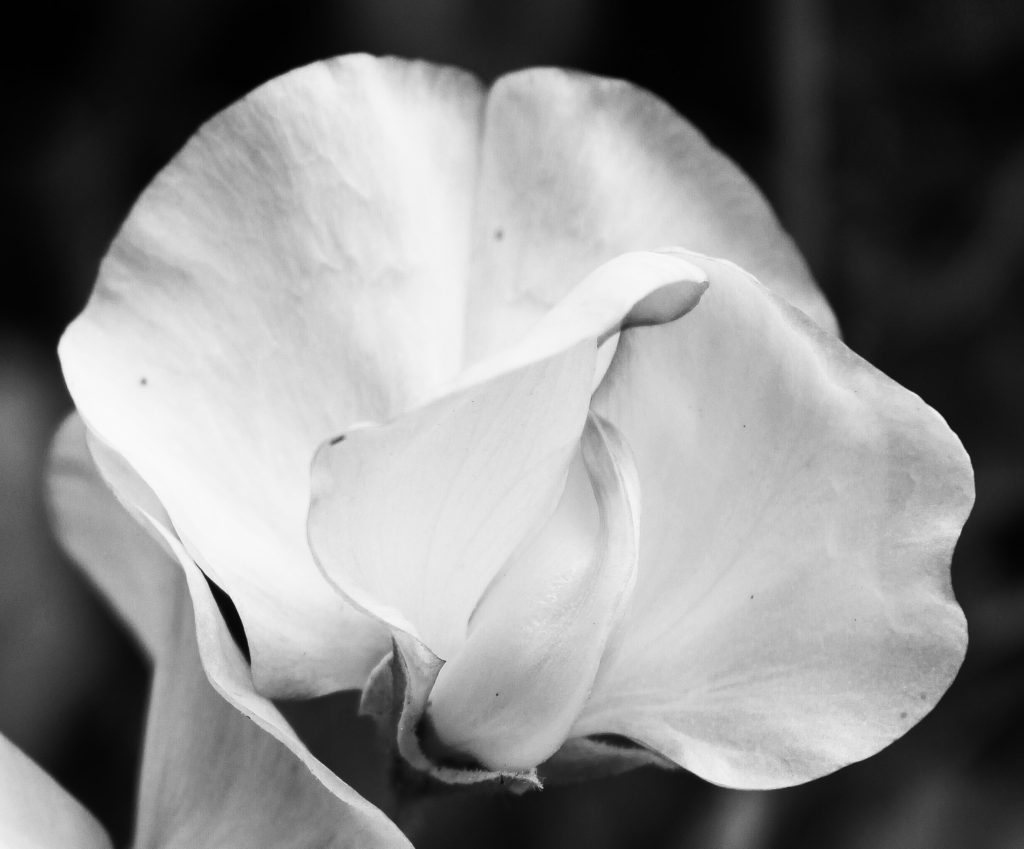
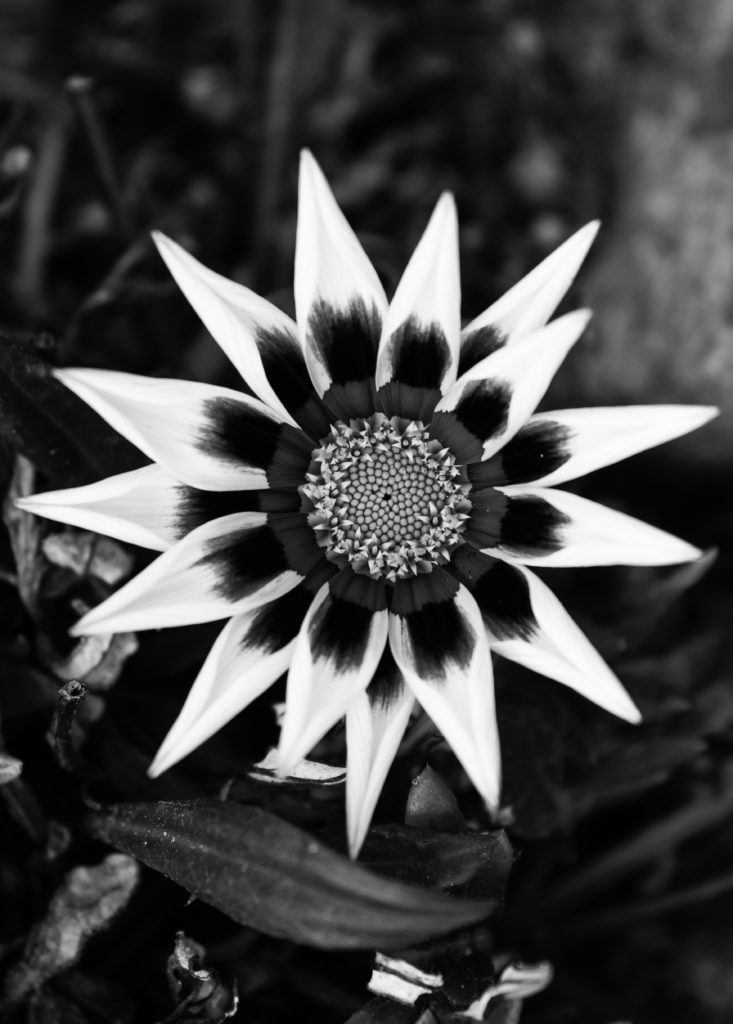









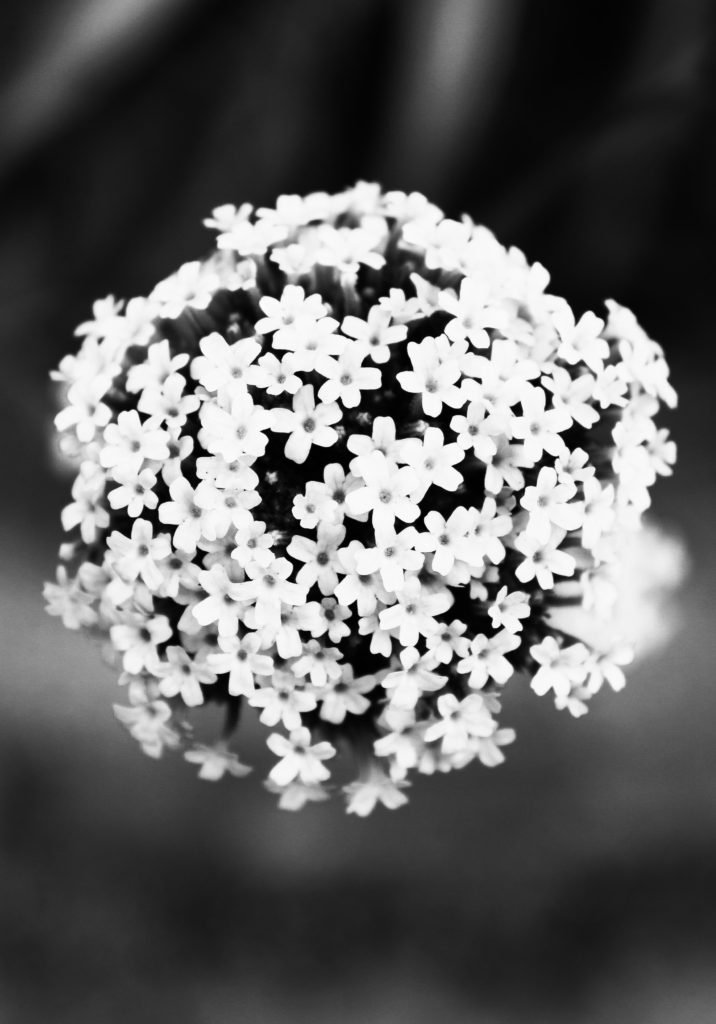
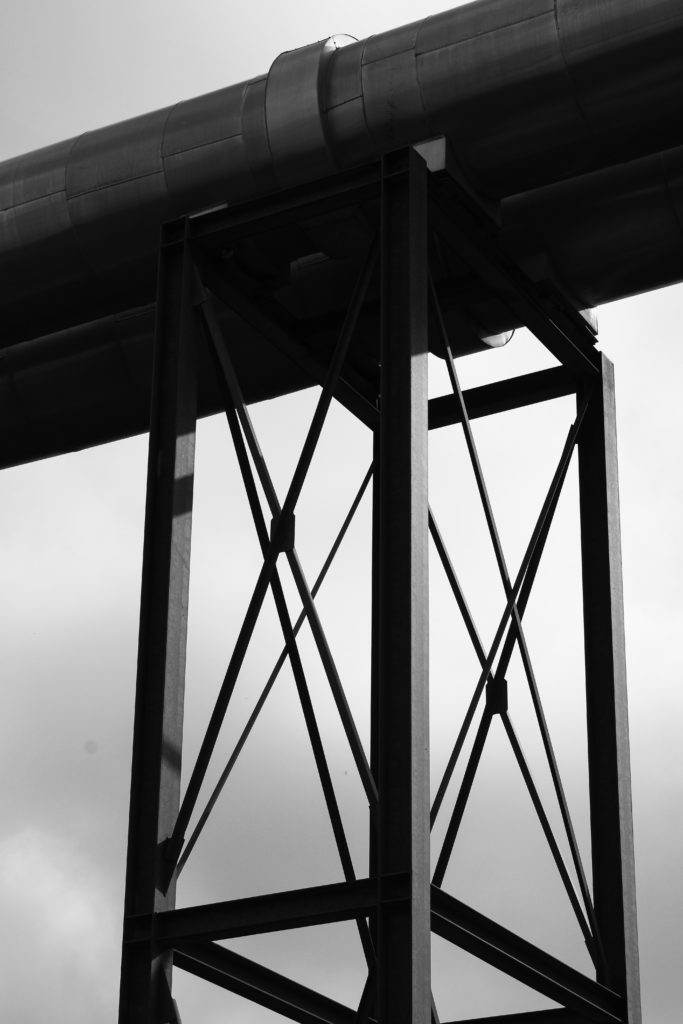

I have chosen these three images as my final evaluation because I believe the nature photos compliment each other well, while contrasting strongly with the industrial. Firstly, I love the high contrast of all these images and the sharp central focal point they all hold. I like the way both of the flower images have a circular shape, I believe the rounded perimeter’s of the subjects help to draw the observer’s attention and focus to the centre of the image. I also believe this contrasts with the second image as it contains more straight lines and geometrical shapes- clearly man made. Next, I really enjoy the repetition of the petals and flowers in image 1 and 3, I think it links well to Patzsch’s work on The New Objectivity. Additionally, I think the natural photos compliment the industrial as both have harsh dark tones and bright highlights. However, in the background of the first and last image, there are dark tones and shadows which enhance the white highlights of the flowers, painting them as clean and pure. Yet, in the industrial image, the bright highlights are in the background creating a dark silhouette of the structure. I chose to photograph this building in such a way to reflect Patzsch’s intimidating industrial images and to contrast with the purity of the environment. The camera angle of this image is also from below the subject which alludes to the idea of man looking down on society.
A contact sheet is a piece of photographic paper on to which several or all of the negatives on a film have been contact-printed. It could also be used for photographers to analyse which pictures they think are best from a photo shoot in order to select from moreover, it could be used to show off a to a person what the outcome of a shoot ones and which pictures are most presentable.
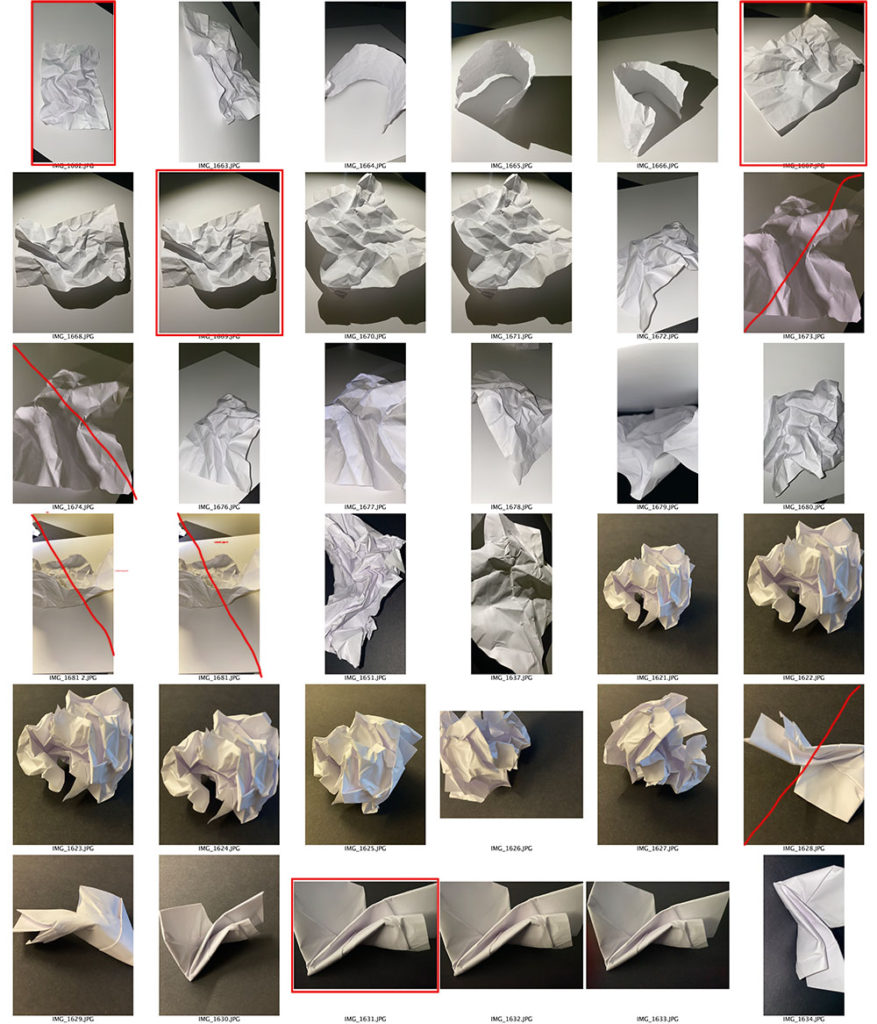
As shown from my photo shoot, I have highlighted with a red square around a picture which ones are most suitable and better presented from the photo shoot of the elements of paper. Also, the pictures in which i have crossed out are the ones that aren’t presentable enough due to either lighting, focus and the angle.
Albert Renger-Patszch was a German photographer who was heavily involved in the new objectivity movement which emerged in 1920s Germany to contrast the abstract art of German expressionism . The movement focused on industrial objects and buildings and was similar to the style of realism. His attitude towards photography created a ‘faithful recording of the world’ according to the Tate. Renger-Patszch photographed a range of different things, from botanical’s, to still to life, to industrial architecture. His book “the world is beautiful doesn’t focus on just one aspect and instead shows this mix. He often used light to create beautiful shadows in his photos. He also used a lot of symmetry and repetition which made his industrial photos look more harsh but grew him criticism for being “too beholden to a naive idea of photographic realism and ended up aestheticizing everything, thus obscuring social realities” Other artists who were prevalent in the era of new objectivity were August Sander and Laszlo Moholy-Nagy.
analysis of his photos
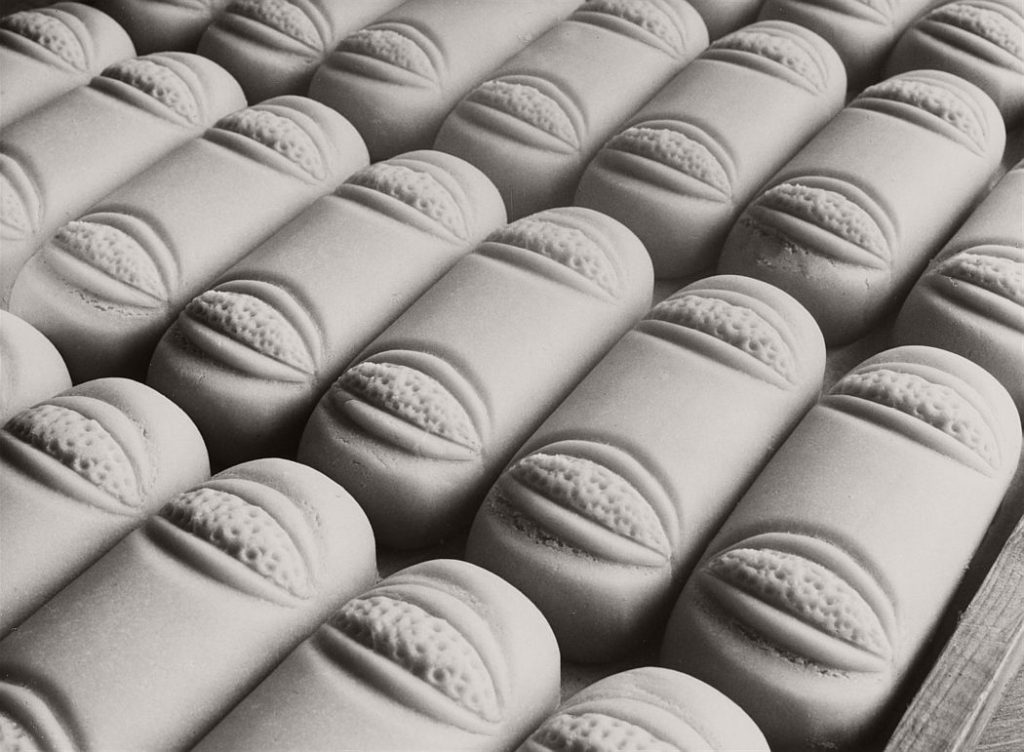

Both of these photos are in a black and white tone. This was the only option for Renger-Patszch at the time as coloured photography was not available. Even though this wasn’t a conscious decision, it adds to the affect on the audience as it accentuates the monotony of the repeated line of loves as well as making the shadowing on the glasses clearer. The lack of colour brings attention to the objects. Both photos are of man made objects, even though the loaves are more organic they have a more industrial feel to them compared to the glasses as the photo is so focused on their symmetry and faultlessness. As said before the shadowing in his photos are excellent, this is partially due to the artificial lighting that adds an almost clinical feeling to the images, especially of the loaves. The cropping and framing of the photos is interesting as in the right hand photo, not all of the glasses are in frame and in the other photo the frame has been tilted instead of just rows photographed. This gives the illusion that the loaves just carry on going forever, again giving the photo an industrial feel.
Renger-Patszch inspired photography
I was especially inspired by Renger-Patszchs work on still life, in particular his photo of glasses, so i decided to take some similar photos using objects around my house. I ended up using some vintage crockery and cutlery which I felt worked really well.














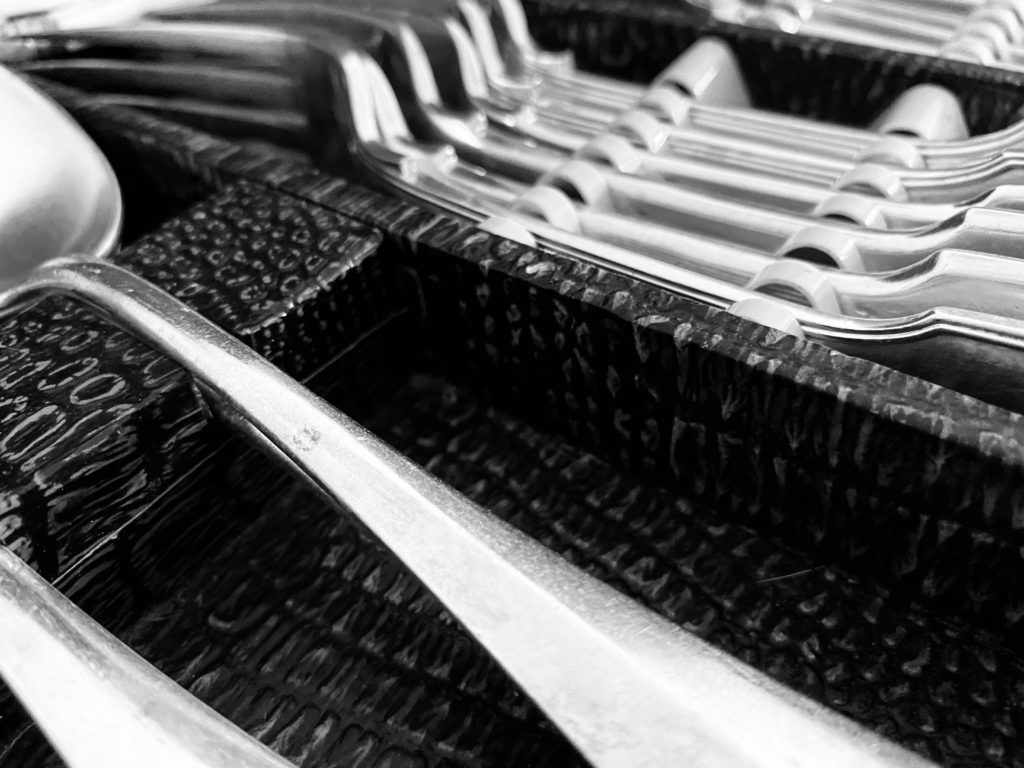







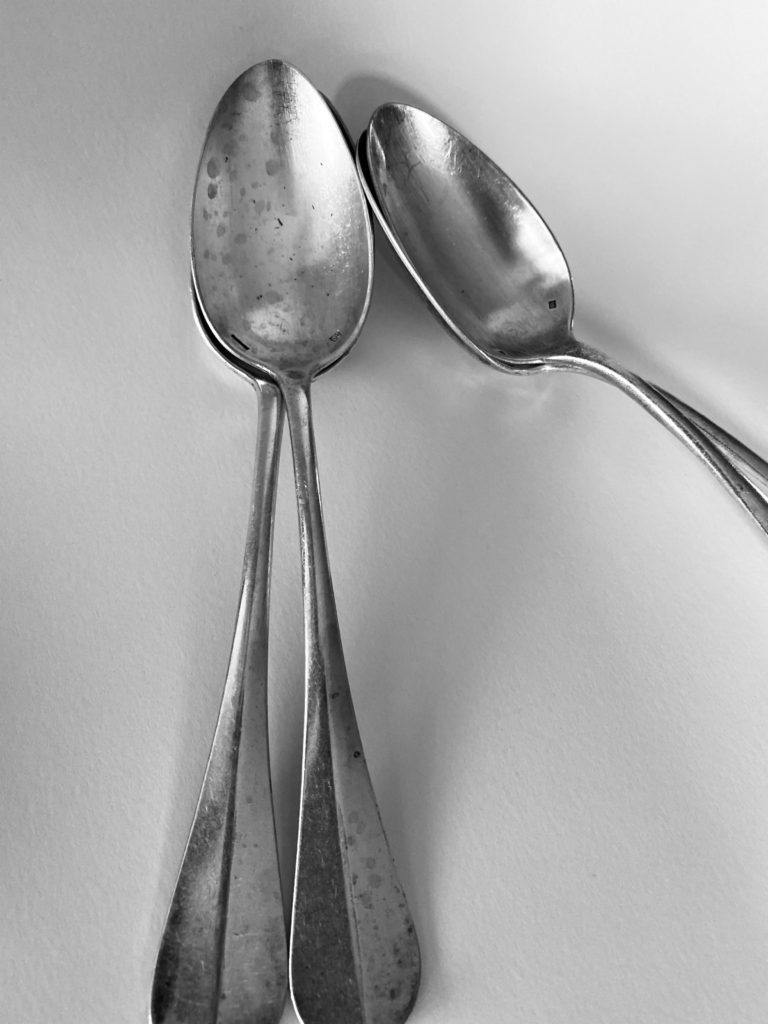
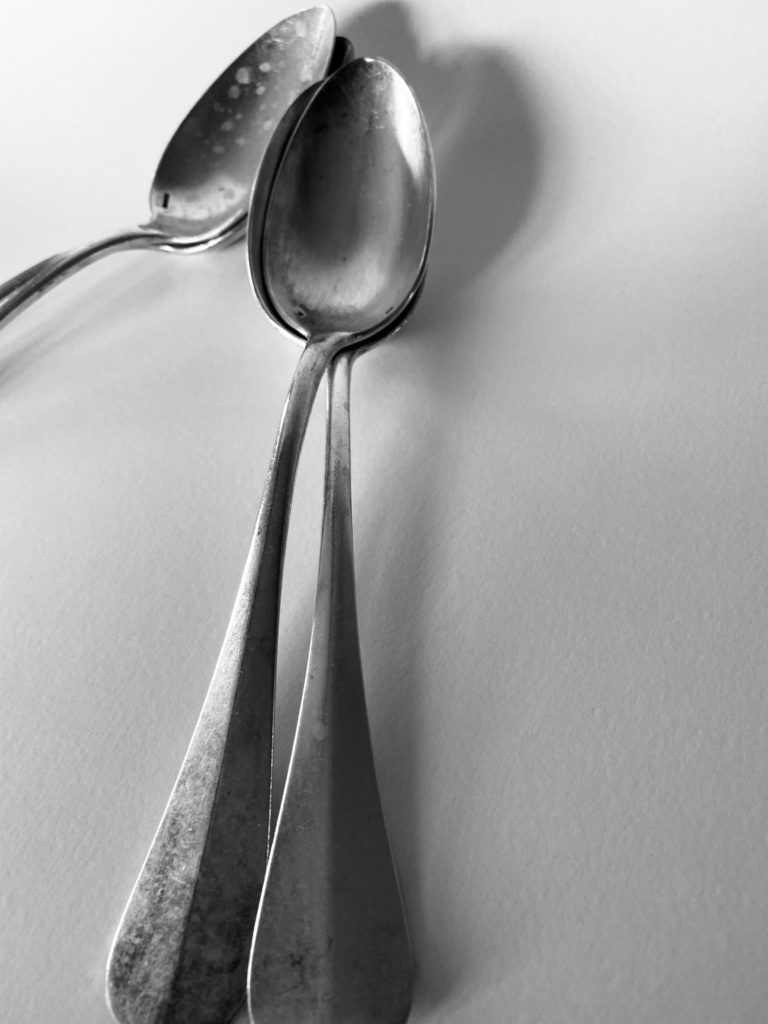











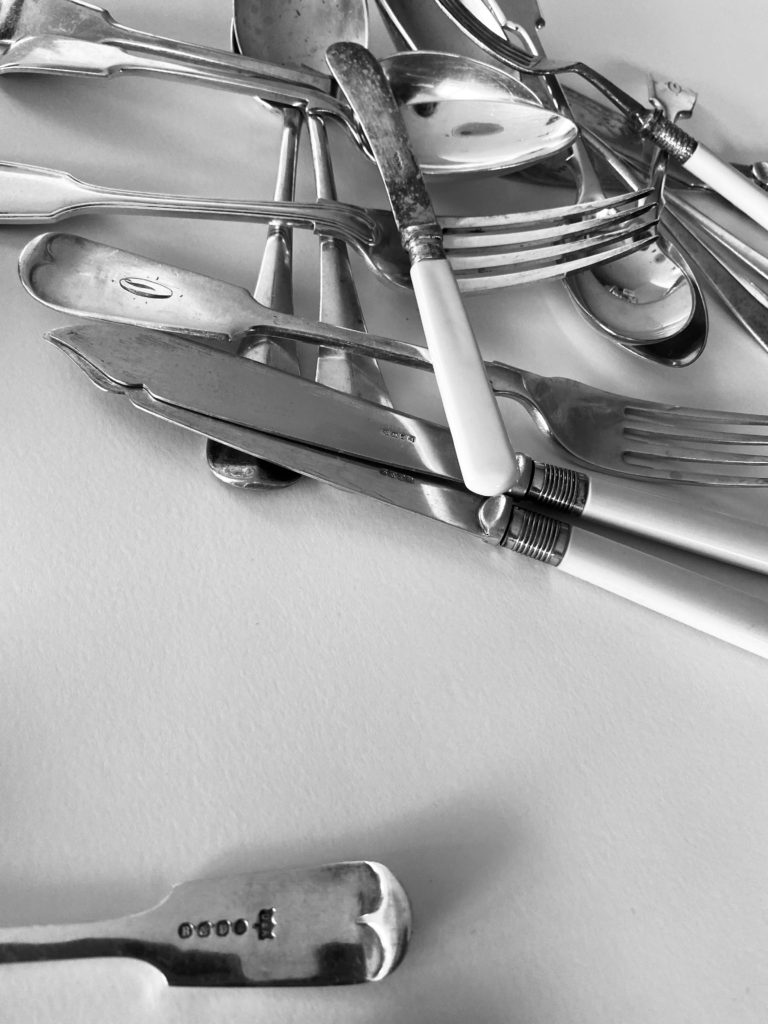






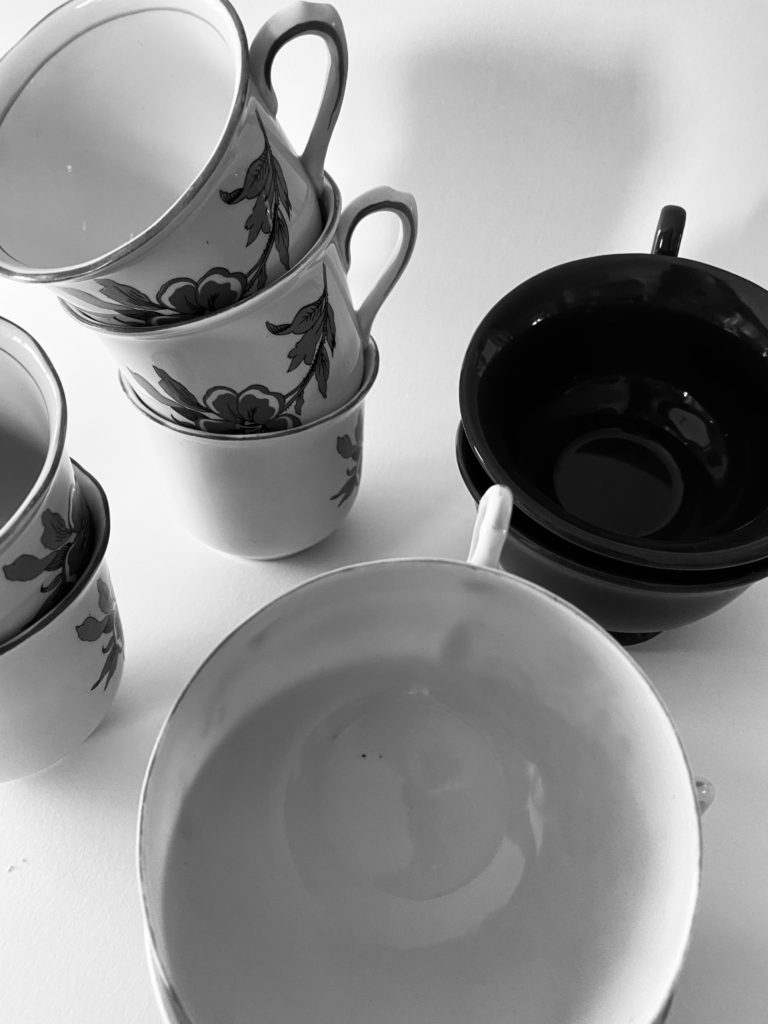
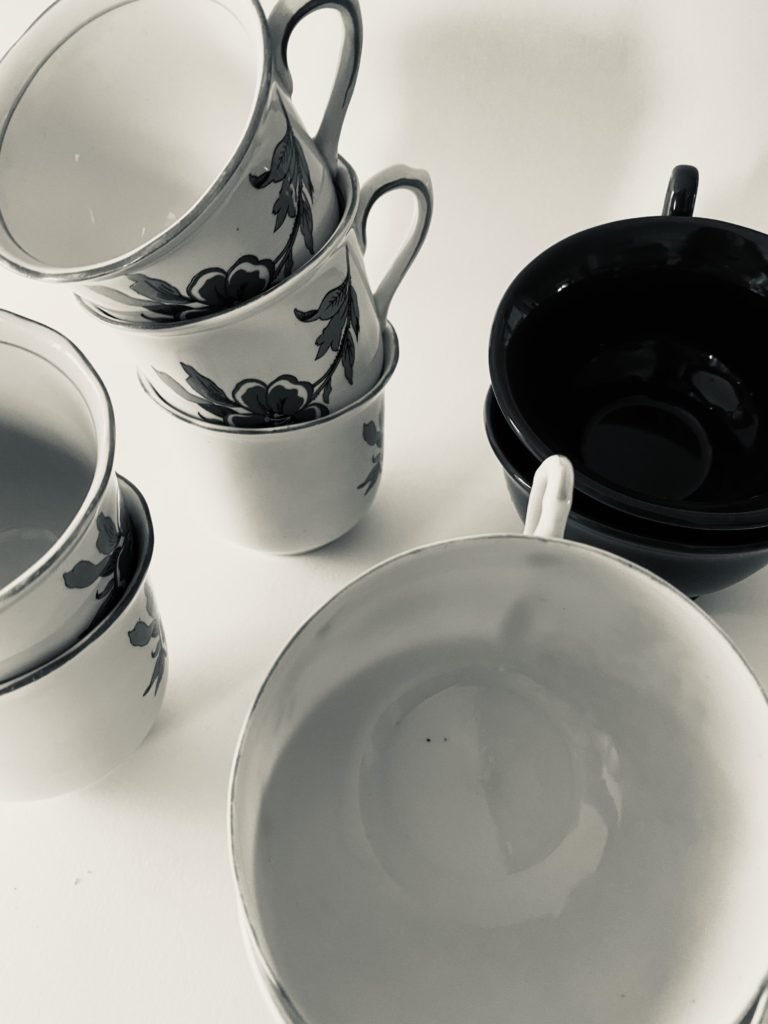

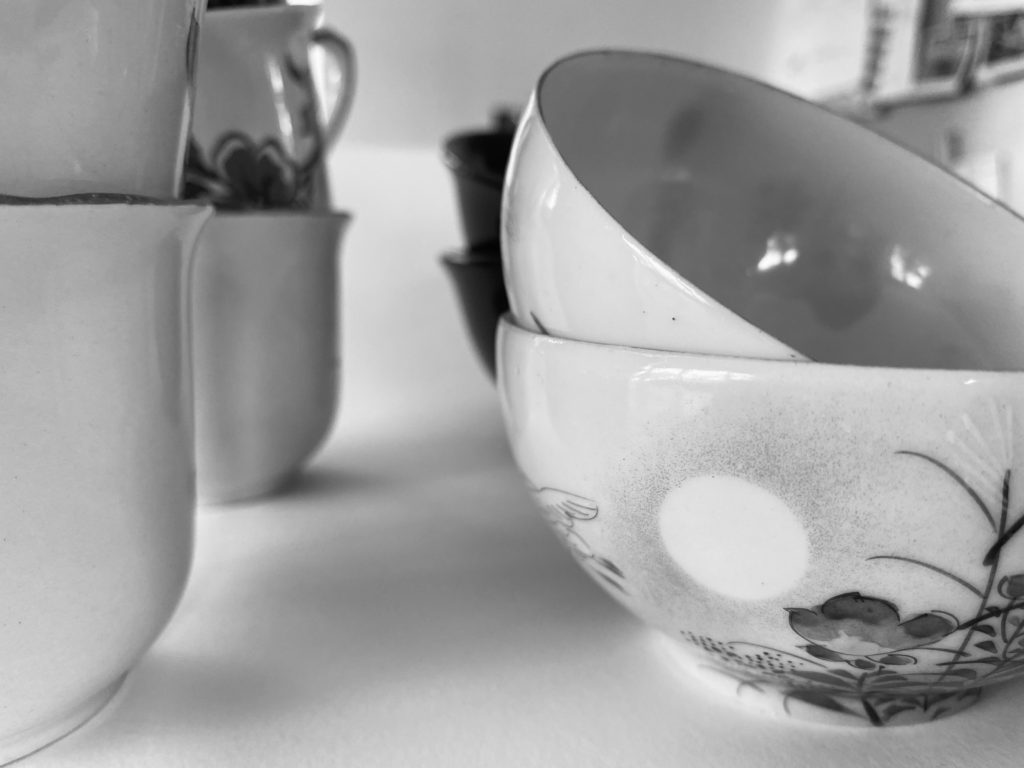











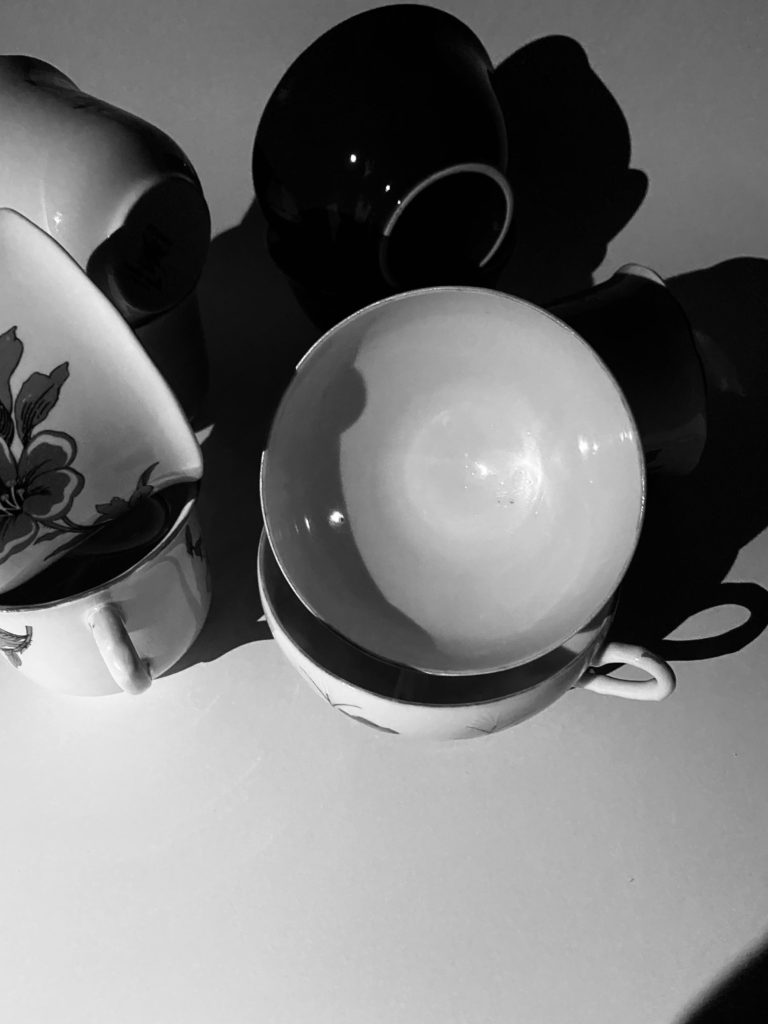







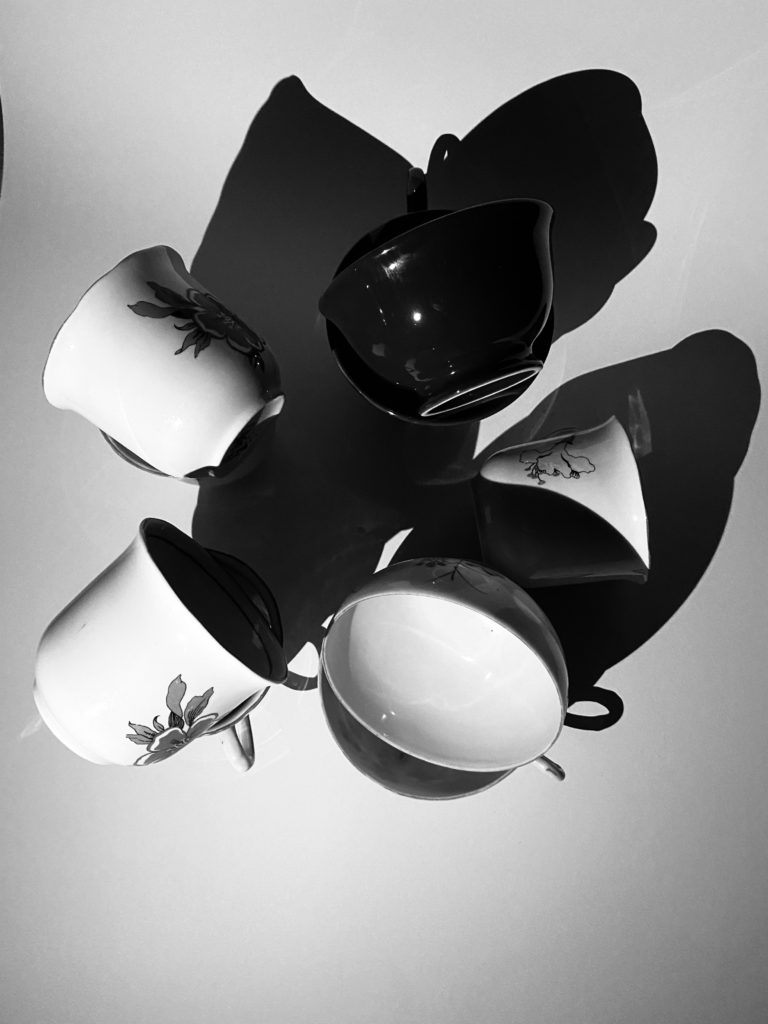
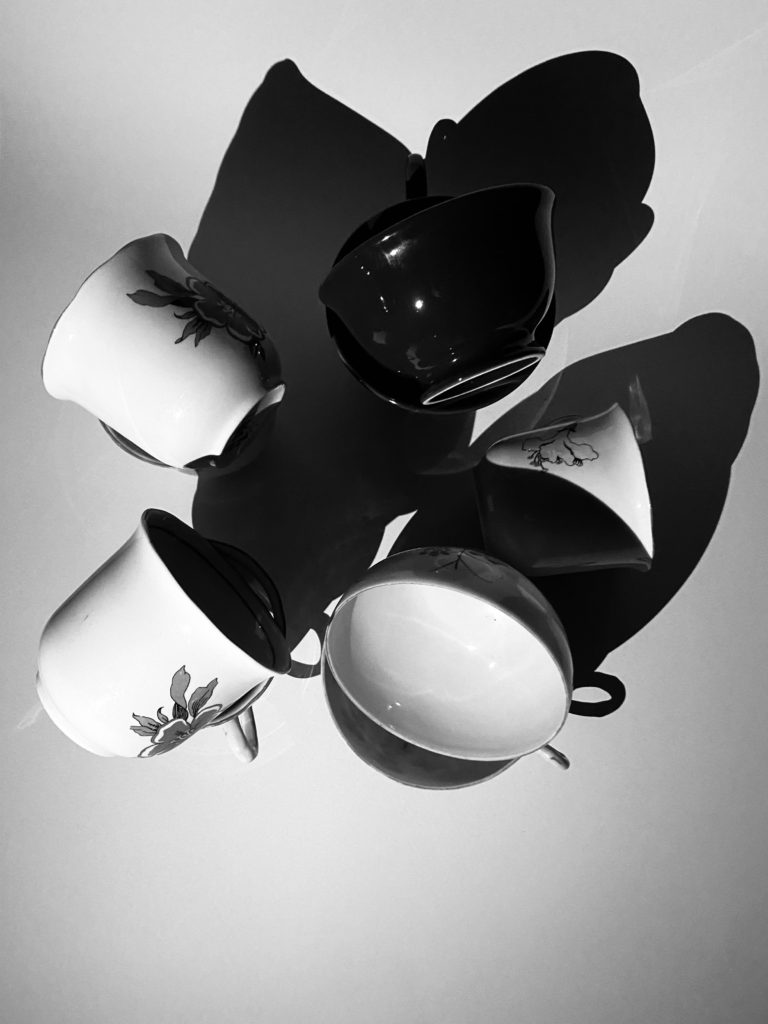




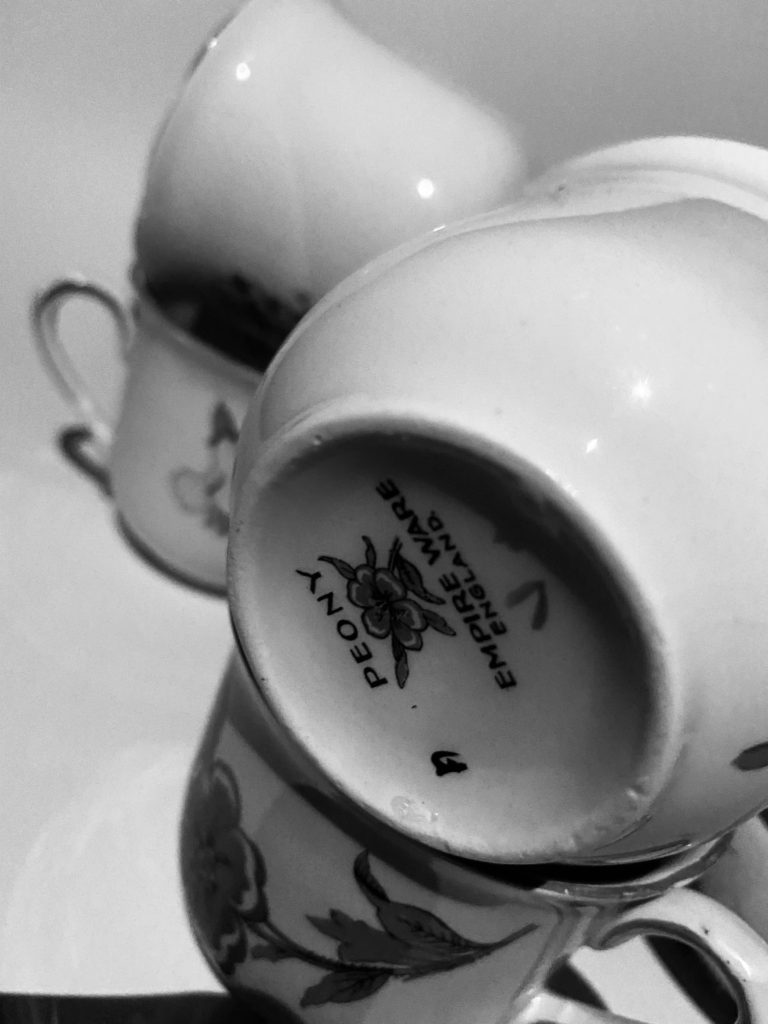




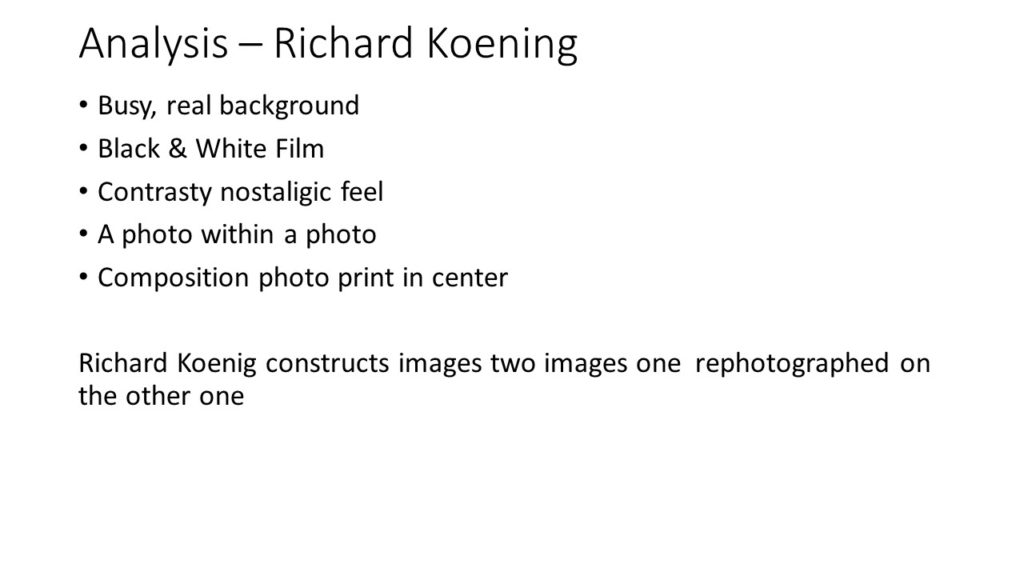





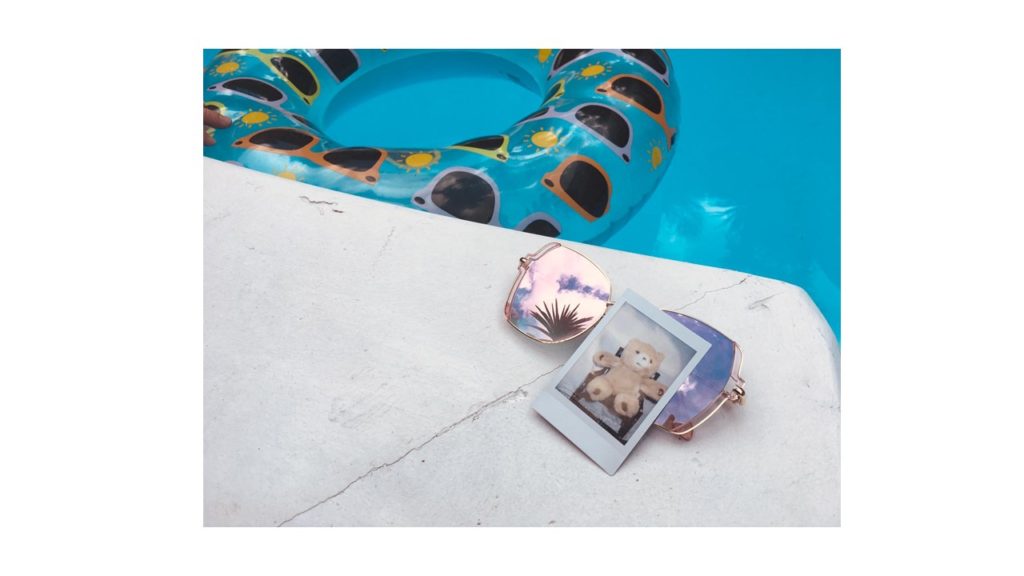
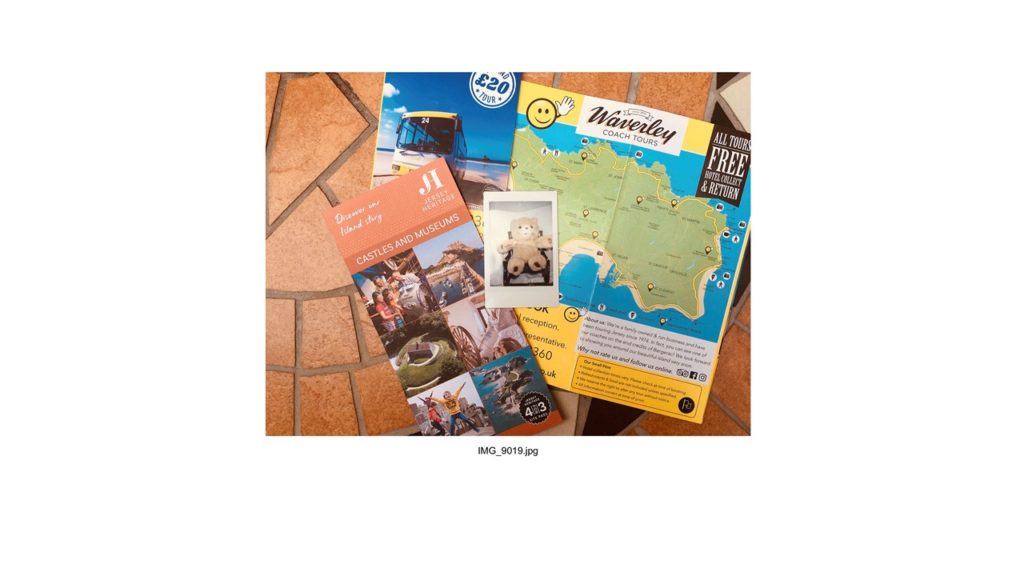
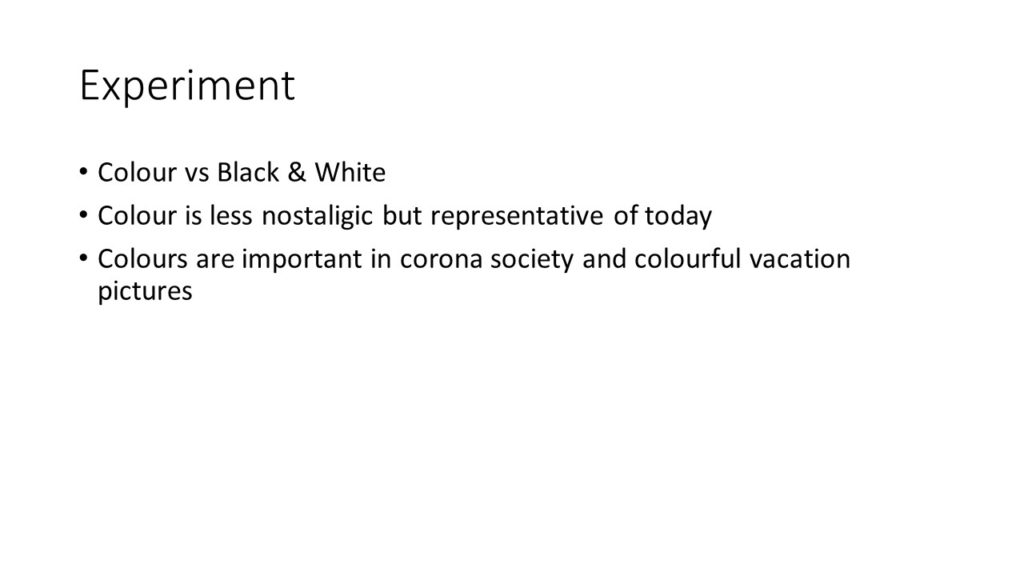

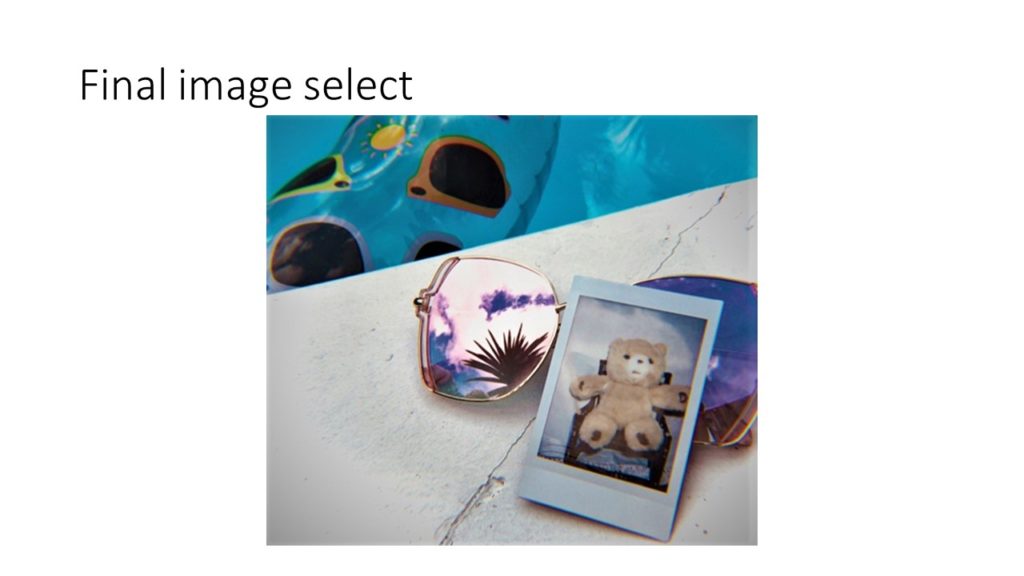
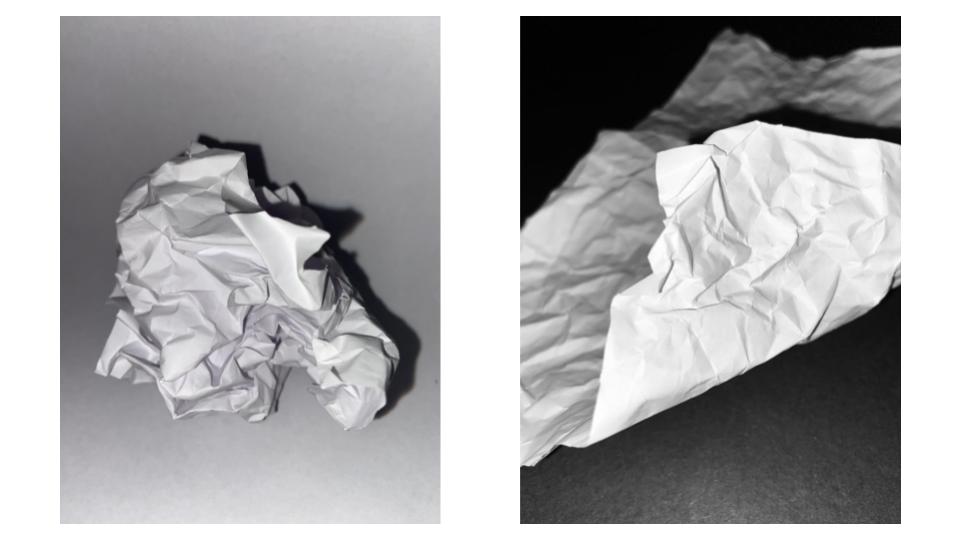

Light – The light in all of these photographs is artificial as it is coming from the torch feature on a phone. I wanted the lighting to be harsh so that you could see the clear lines in the paper made by the folding. I also wanted to include some shadows so that the white paper would appear to contrast it. I wanted the brightest part of the photograph to be the closet part to the camera, so I directed the light onto that specific place.
Line – I made the lines in the paper by folding and scrunching. I wanted there to be a mixture of both straight, harsh lines and soft, curved lines.
Repetition – In some of my photographs, there are lines and shapes that are repeated, as I folded the paper symmetrically several times.
Shape – There are a lot of geometric shapes in my photographs. For example, in the fourth picture, you can see several triangle shapes made by the straight edges of my folding.
Space – In the last three photographs, they appear shallow as the paper is very close to the camera. However in the first photograph, the paper is sat at a distance, creating a deeper look with the shadows behind it. There is also a lot of negative space in the background which has been left empty and bare.
Texture – The scrunched and folded paper would create a rough and coarse feeling.
Value/Tone – The paper is the brightest part of all my photographs, as the artificial light from the phone illuminates it against the black background. For the first picture, although the background is white, it isn’t as bright as the paper itself.
Colour – I chose to keep my photographs in simple black and white because I think that it shows the contrast between light and dark more clearly. I also think that if I had introduced any sort of colour, the creases in the paper wouldn’t be as apparent.
Composition – I placed the object mostly in the centre of my photographs so that it would appear even and balanced.
Albert Renger-Patzsch, a German photographer born in 1897, appropriated the New Objectivity movement, which occurred during the 1920s, using his photography skills to produce many infamous post-expressionist photographs. With creating these images, he viewed how he used his camera as a faithful recording of the world. Using these photos, he released his book containing one hundred images of industrial subjects, natural forms and mass produced objects. With this movement of New Objectivity came many artists, including people such as George Grosz, Otto Dix, Max Beckmann, and many more. These artist however mainly focused on abstract or conceptual portraits of ordinary people, as opposed to Patzsch who focused on buildings or objects. Photographers operating in similar styles as Patzsch, in the New Objectivity movement, include Karl Blossfeldt and Aenne Biermann. These artists and photographers snubbed the art forms of expressionists and romantic idealism, and instead took photos of the more dull realities of the world. Patzsch did this by taking images of mundane objects and architecture, often looking for repetition and bold lines.
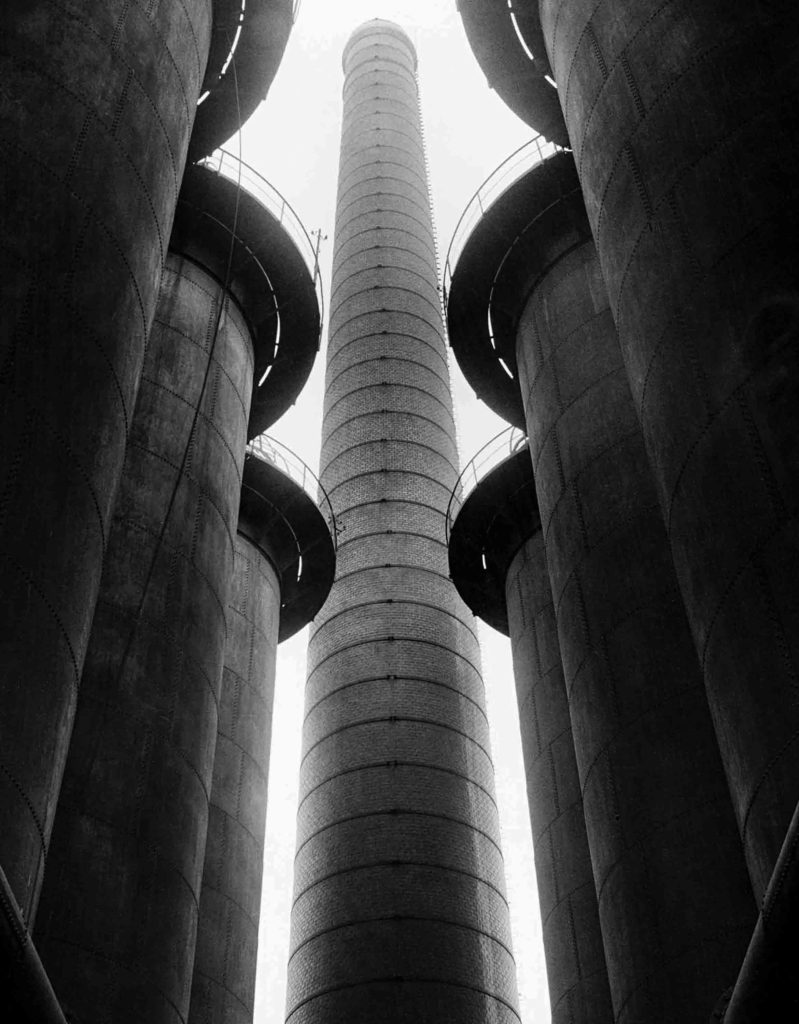


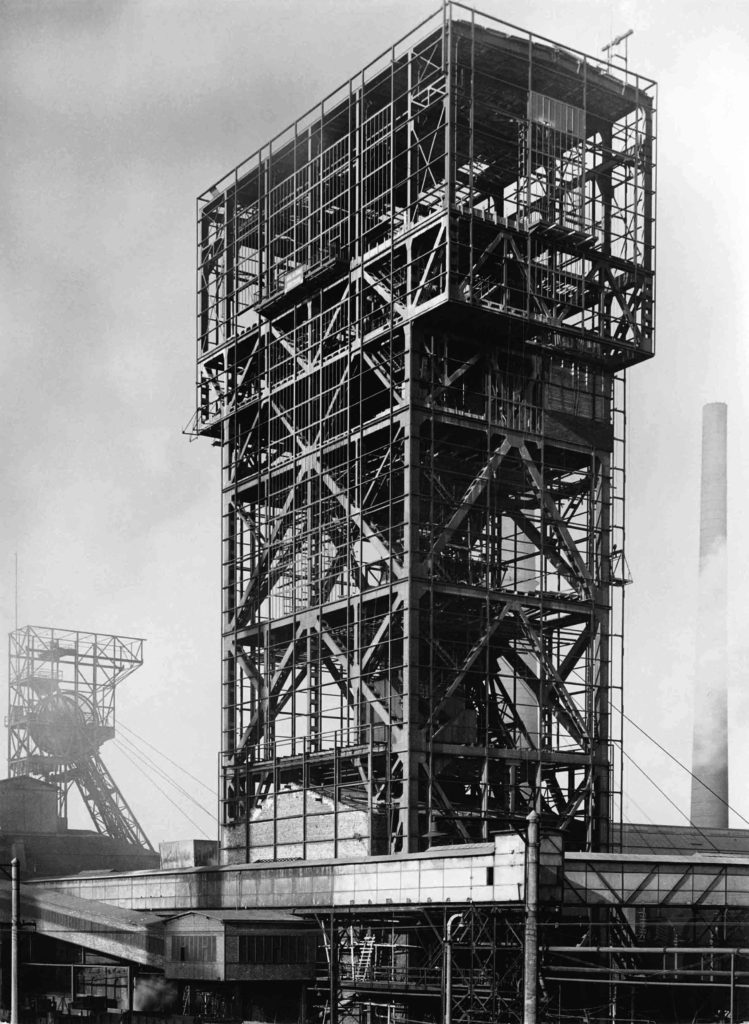


Image Analysis

This black and white photograph taken by Patzsch showcases an industrial subject including many leading lines, created by the bridges in between each building. These bridges lead your eye across and around the image whilst also creating a geometric photograph. The tone of this piece is quite light, due to the white overcast sky and the lack of many harsh shadows. In addition, the light grey sky strongly contrasts with the sharp lines of the dark building. Patzsch has framed this image to foreground one of the bridges, located in the center, as the focal point.
Furthermore, you can see that the lighting of this photo is natural as Patzsch took this image outside, this is also signified by the natural shadows cast on the side of the building. This image was taken with most likely a fast shutter speed as it is clear and not blurry, however due to the time period we can say that the image was taken on film, which is the cause for the slight grain on the photo.
Moreover, Patzsch took this photo of this building in particular as part of the New Objectivity movement. This building was chosen to allow no room for any romantic idealism, and to simply display ordinary every day life for what it truly is. Giving commonplace architecture recognition and a place in the arts.
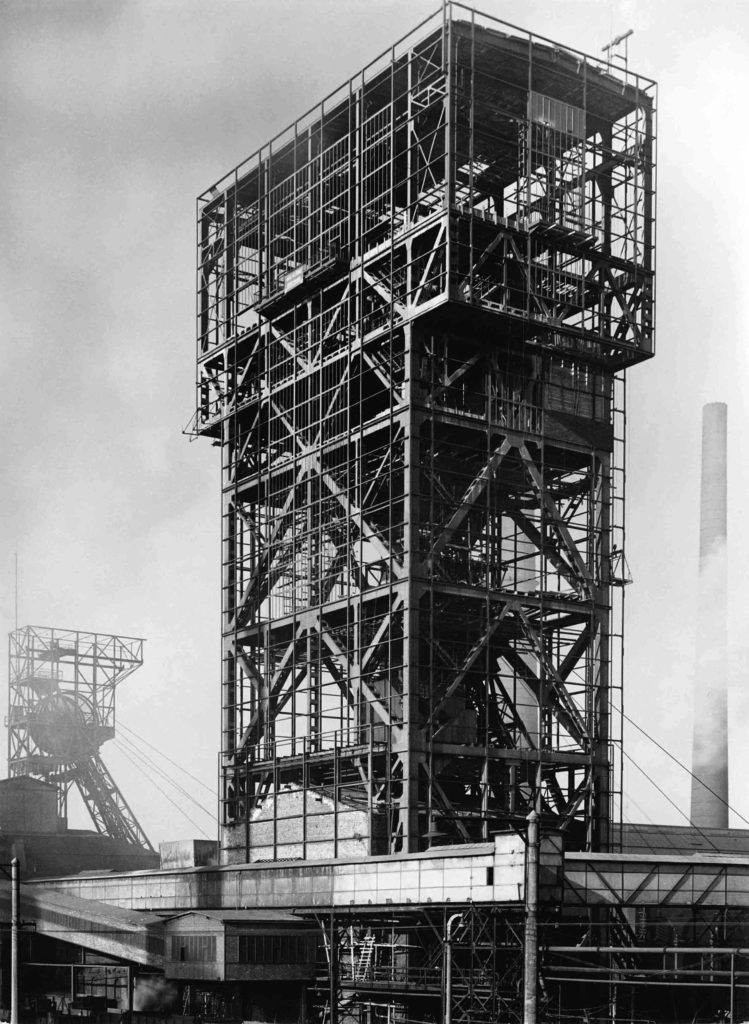
In addition, this other photograph from Patzsch’s series The World is beautiful is similar to the previous image, in the sense that they both share the quality of sharp directional lines. This again results in a geometric image, with this dark structure as the focal point contrasting with the light foggy background.
However, this image also differs from the previous photograph, due to the fact that in this piece you are able to see other structures in the background, as well as the foreground, although in the first image Patzsch has only allowed for one building in the frame.

In this lesson we took a series of photographs of pieces of paper. We did this by folding, ripping and scrunching it up to create interesting lines, shadows, patterns and shapes. For this photoshoot we took the images in hard lighting, created by our phone torches, resulting in harsh shadows strongly contrasting with the white of the paper.


For these edited images in particular I rolled up two pieces of paper and carefully placed them on a scrunched up piece of paper to create an almost sculpturesque piece.
Light: In both these photographs the artificial light originates from the torch at an angle above, lighting up the top piece of rolled paper, casting a harsh shadow on the bottom one and the scrunched up paper.
Lines: The lines in these images are varied as, in the base layer of scrunched paper the lines are short, thick, jagged and interrupted, producing an almost chaotic energy in the images. I believe that these act as a guide that lead your eye towards the focal point, being the stacked rolls of paper. This differs completely from the long, curved, thin lines created by the rolled pieces of paper, resulting in a contrasting calming energy.
Repetition: As an aspect of repetition I chose to include two rolled pieces of paper.
Shape: The lines created by the scrunched paper could be said to create geometric like shapes.
Space: I believe the focal points of the rolled paper add depth to these images, drawing focus to them and slightly blurring out the background. However, as I took these with my phone it was more difficult to control the aperture than it would be with a camera, which would have added to the depth of field.
Texture: The scrunched paper would produce a rough texture to this photograph, although the rolled paper adds a smooth texture to this piece also.
Value/Tone: I think there is a range of dark to light tones in this photo, as there are areas in which there is little to no shadows at all, and then there are other areas which are completely darkened by the harsh shadows.
Colour: By editing these photographs in black and white I have created a monochrome images, although I think that the white tones dominate these images due to the white paper being in most of the frame.
Composition: I arranged each piece of paper in these photos carefully to showcase the curved paper as the focal point. In the first image I placed the rolled paper in the centre creating what I believe to be a balanced photograph.